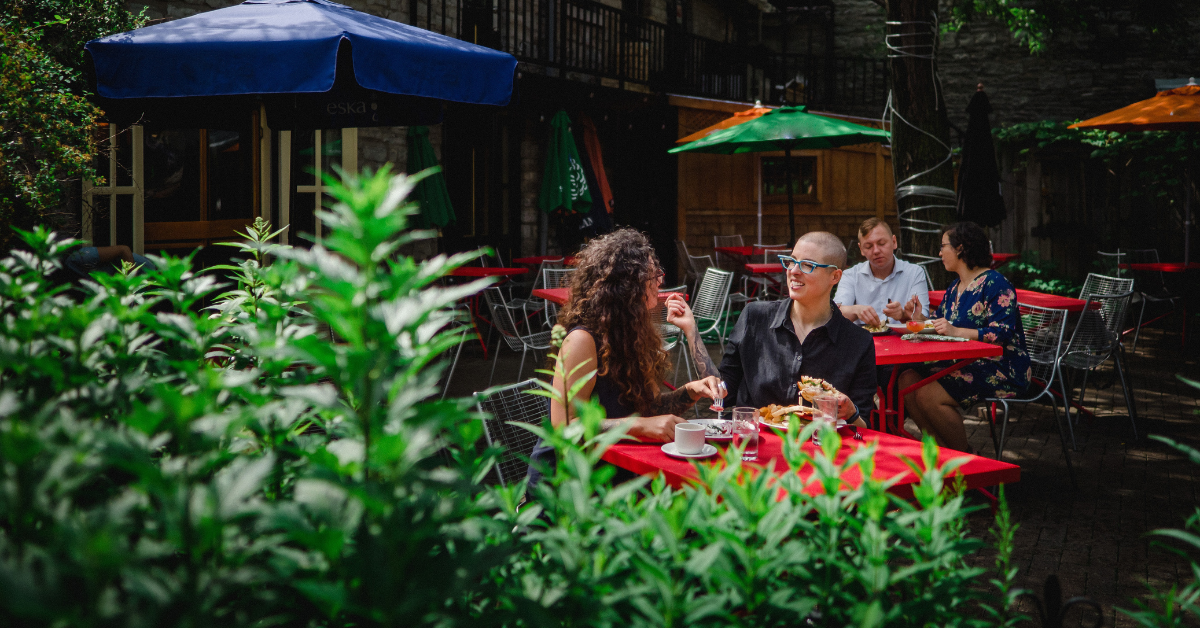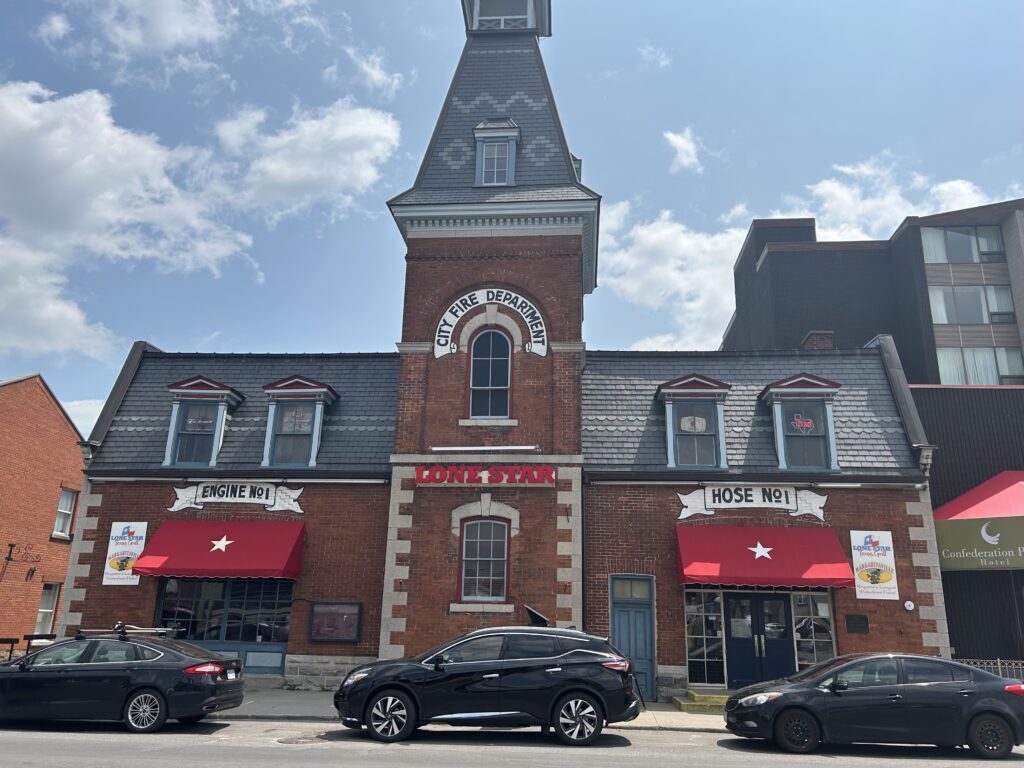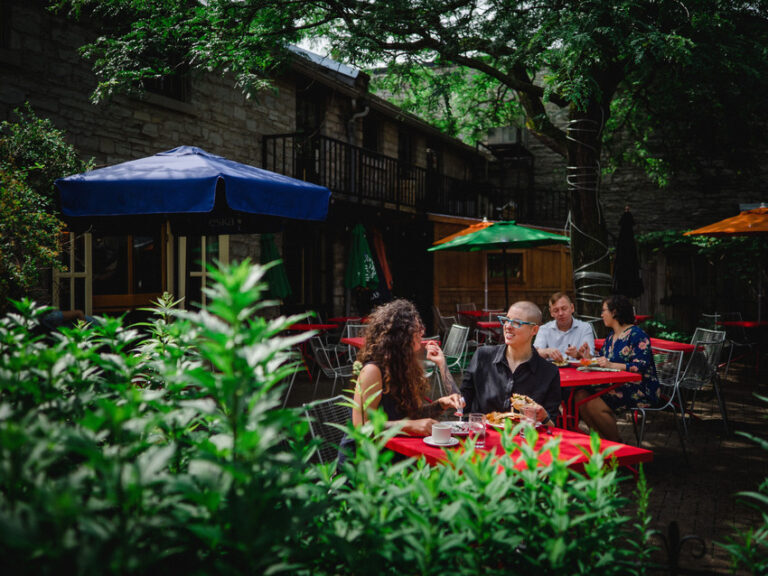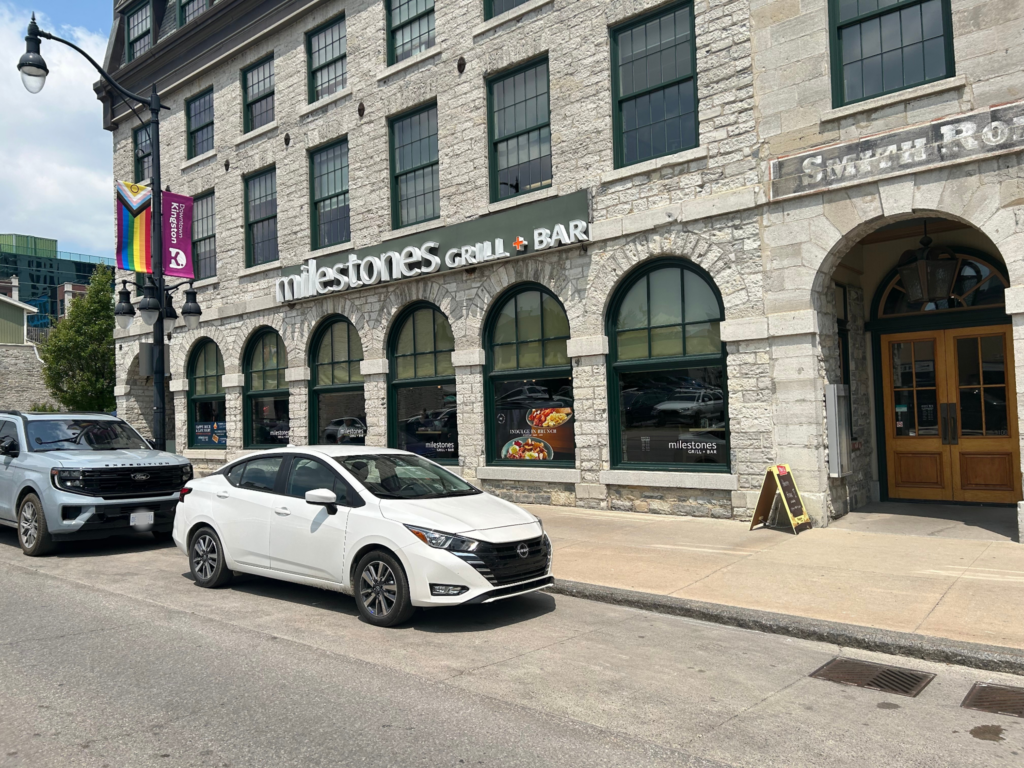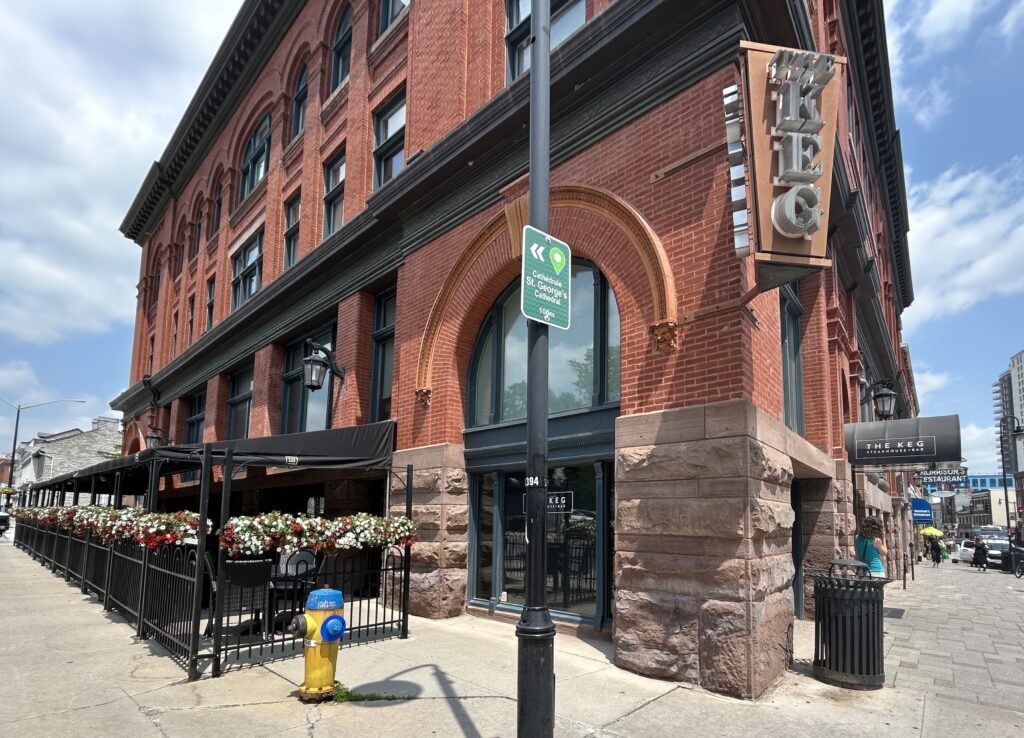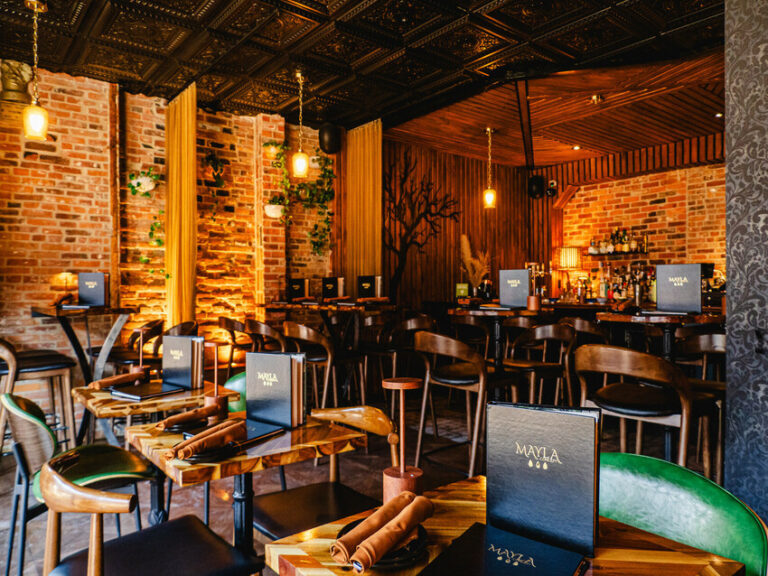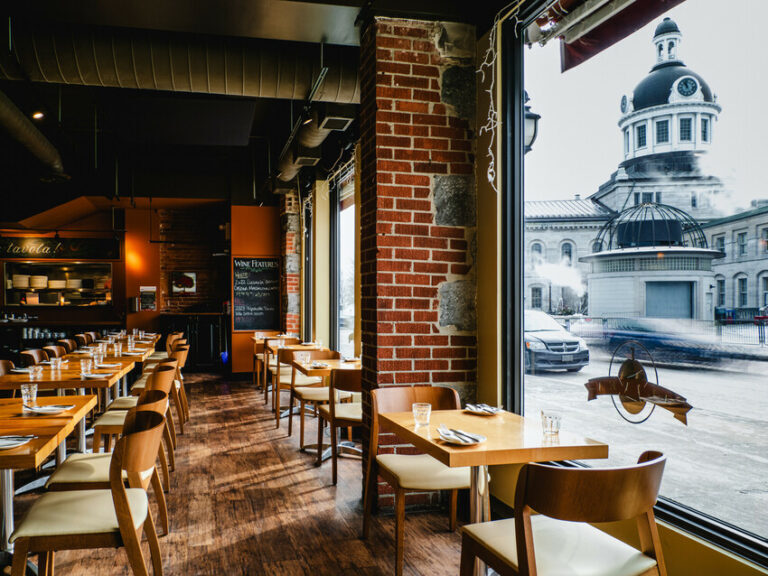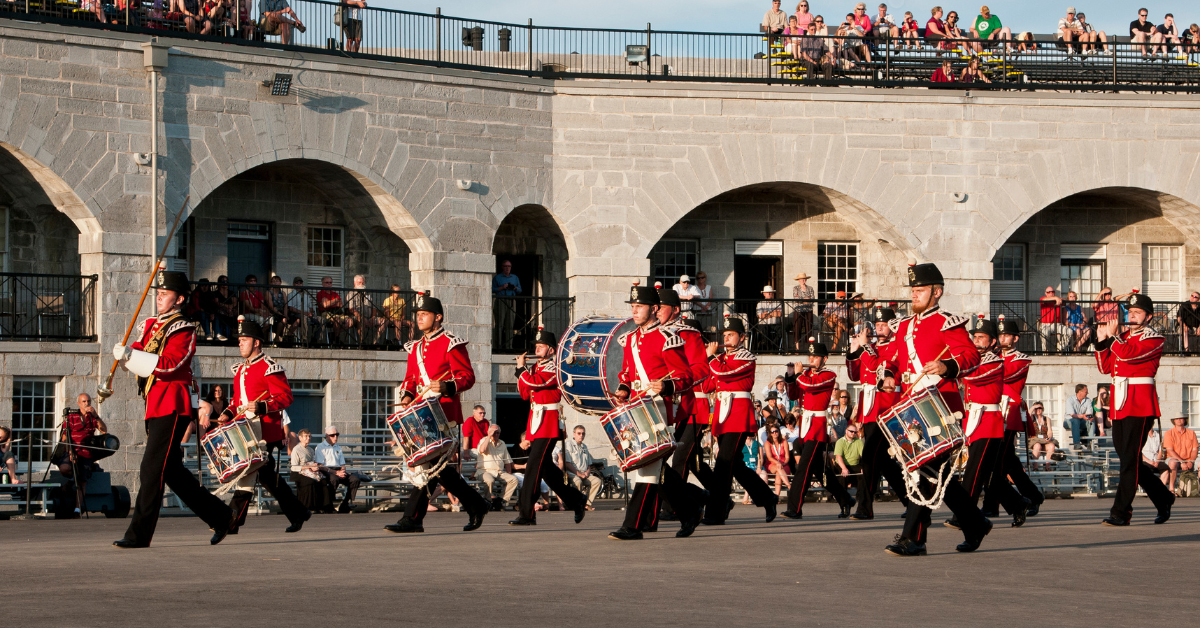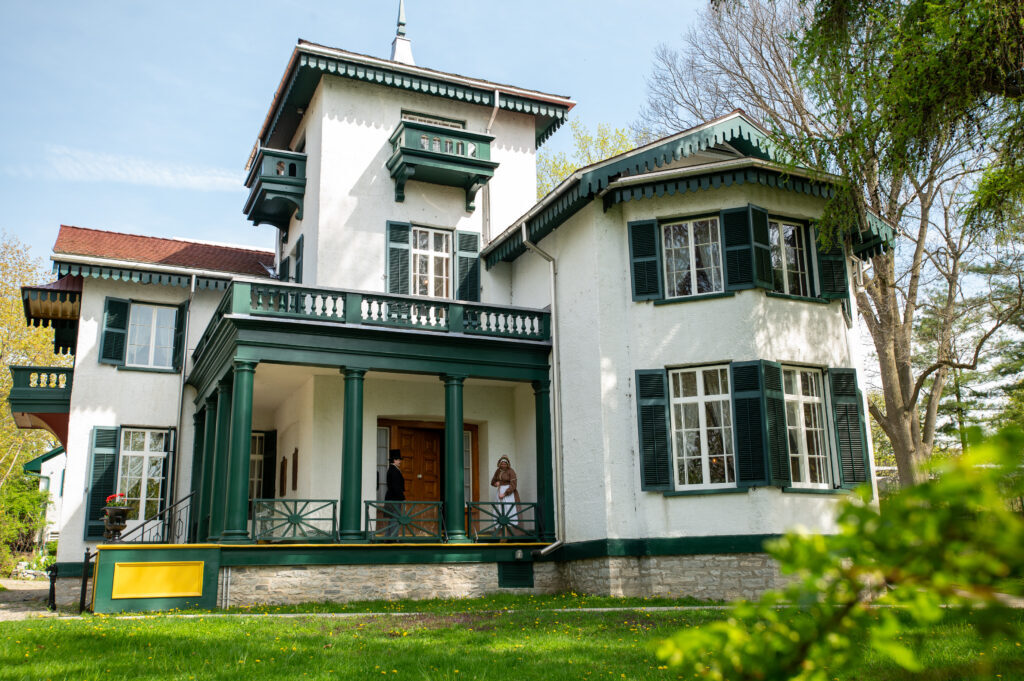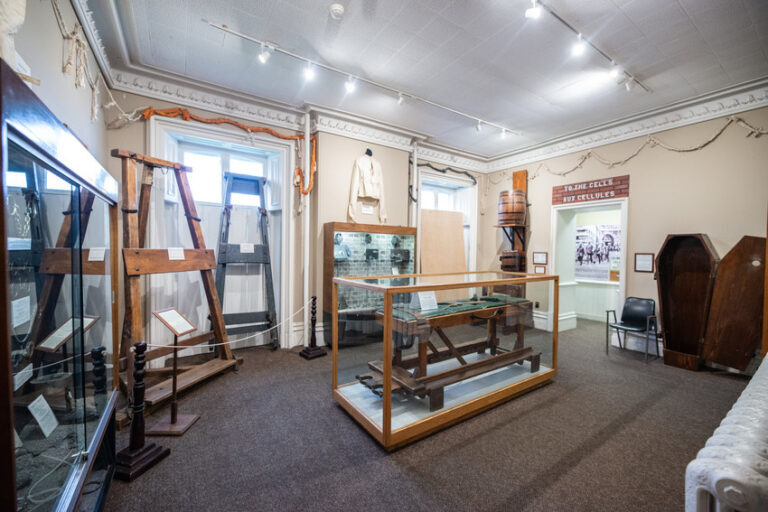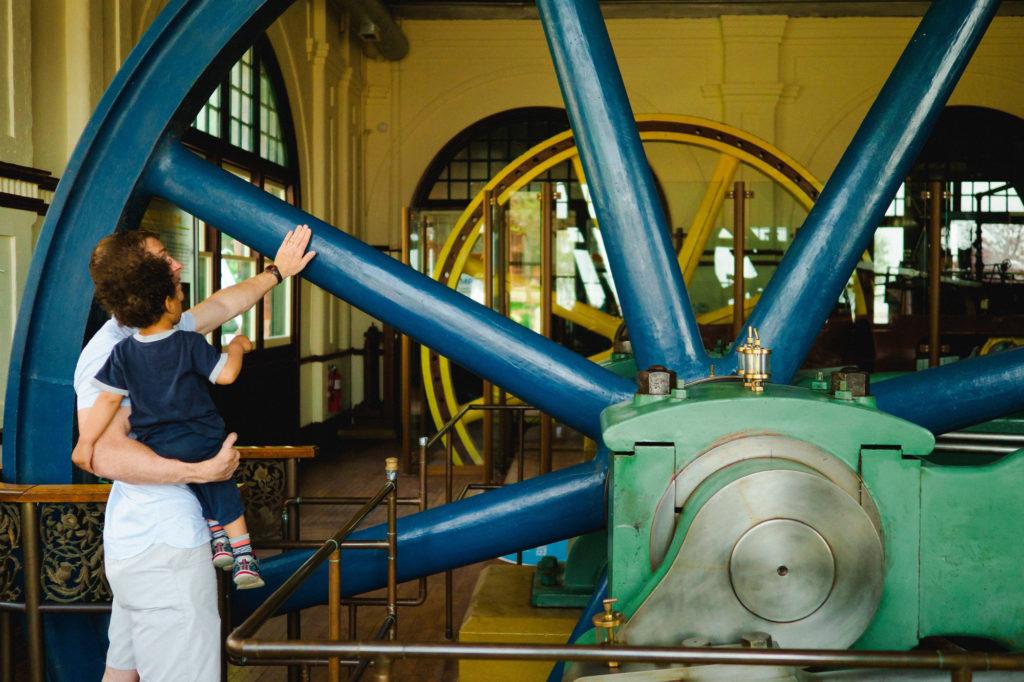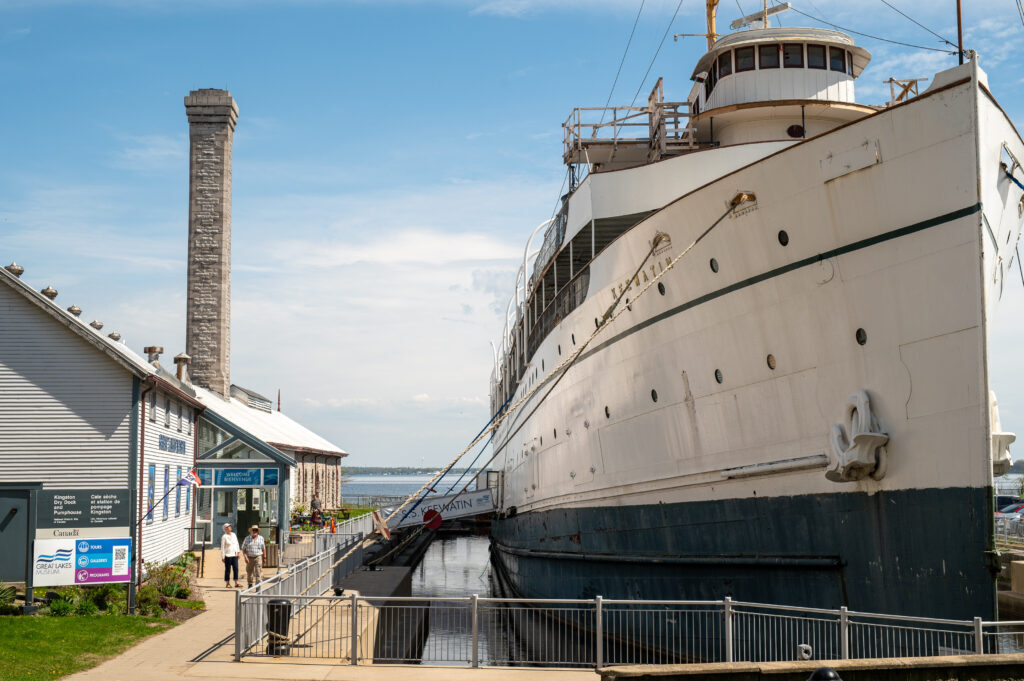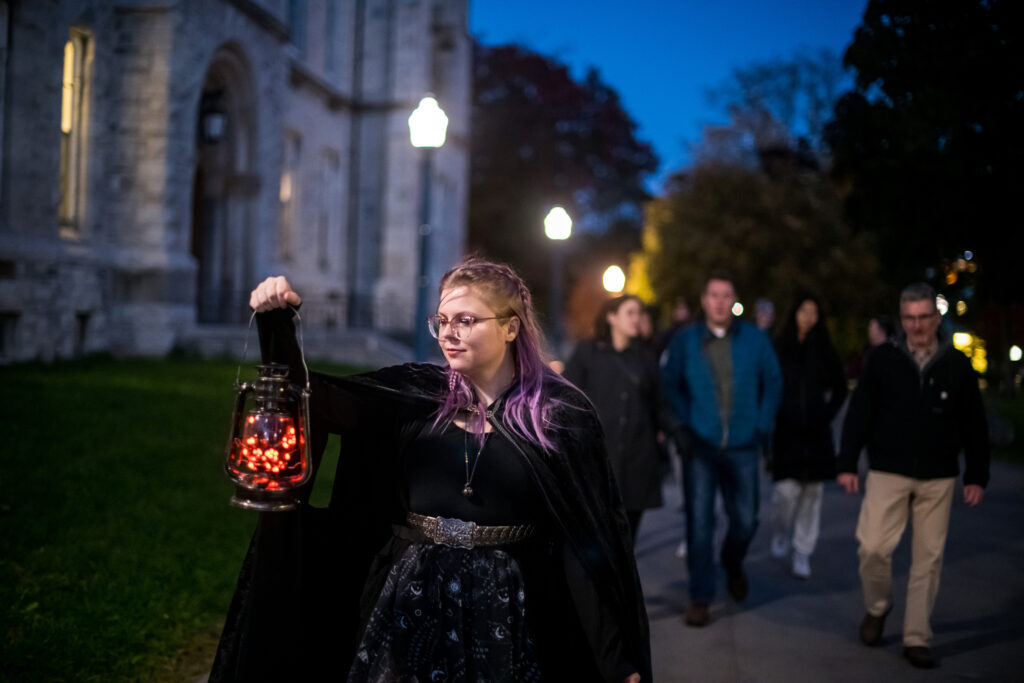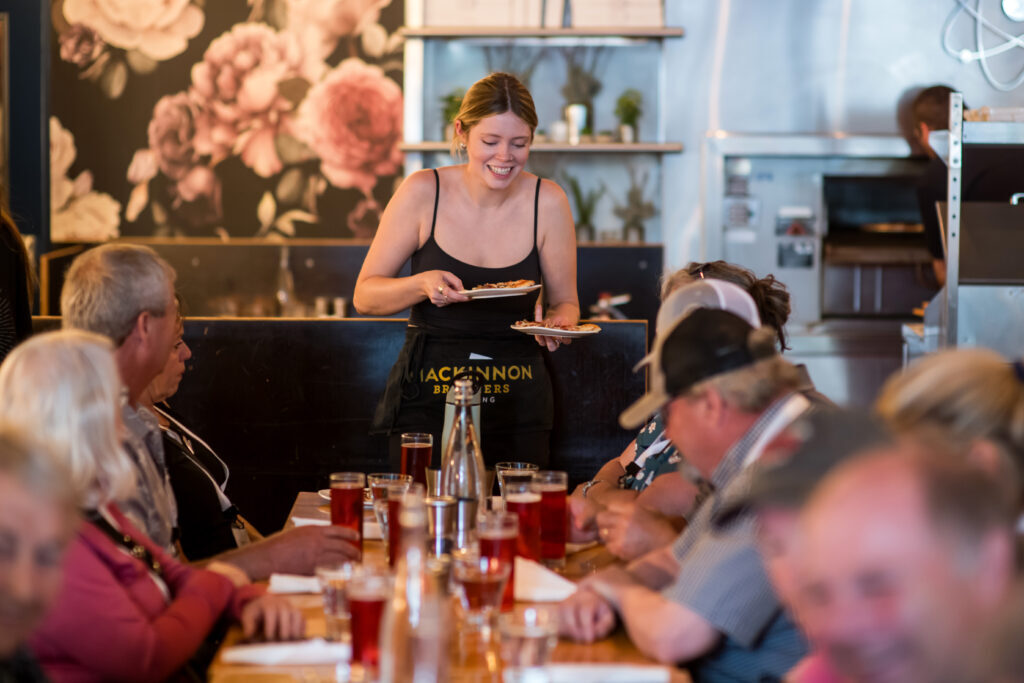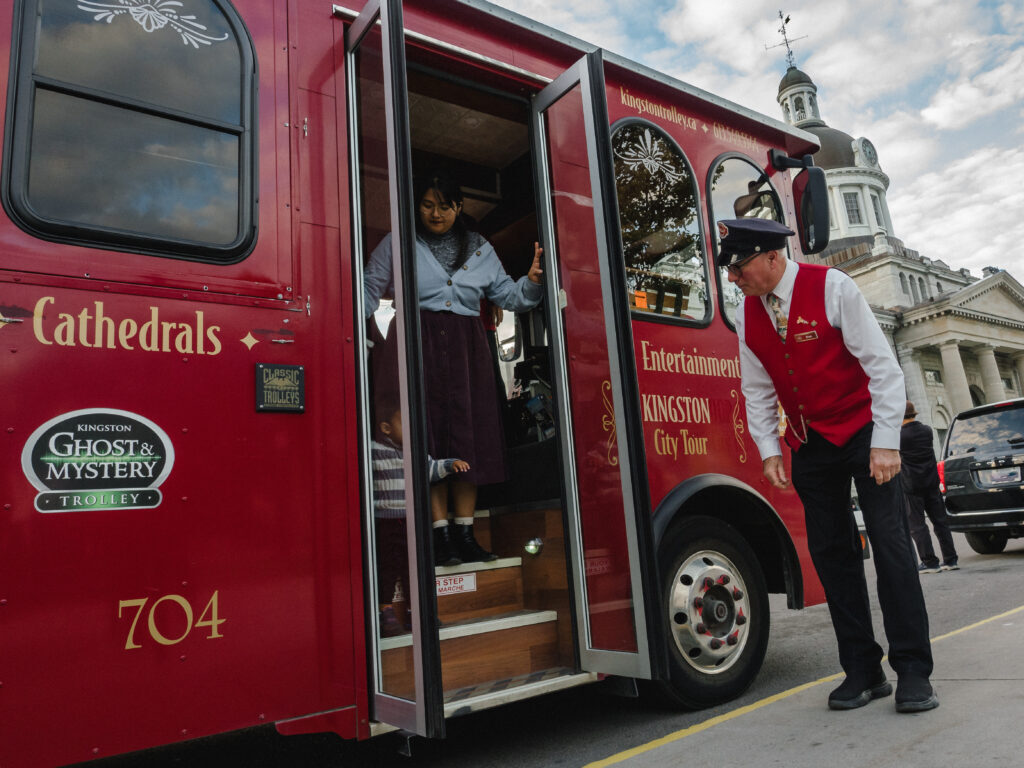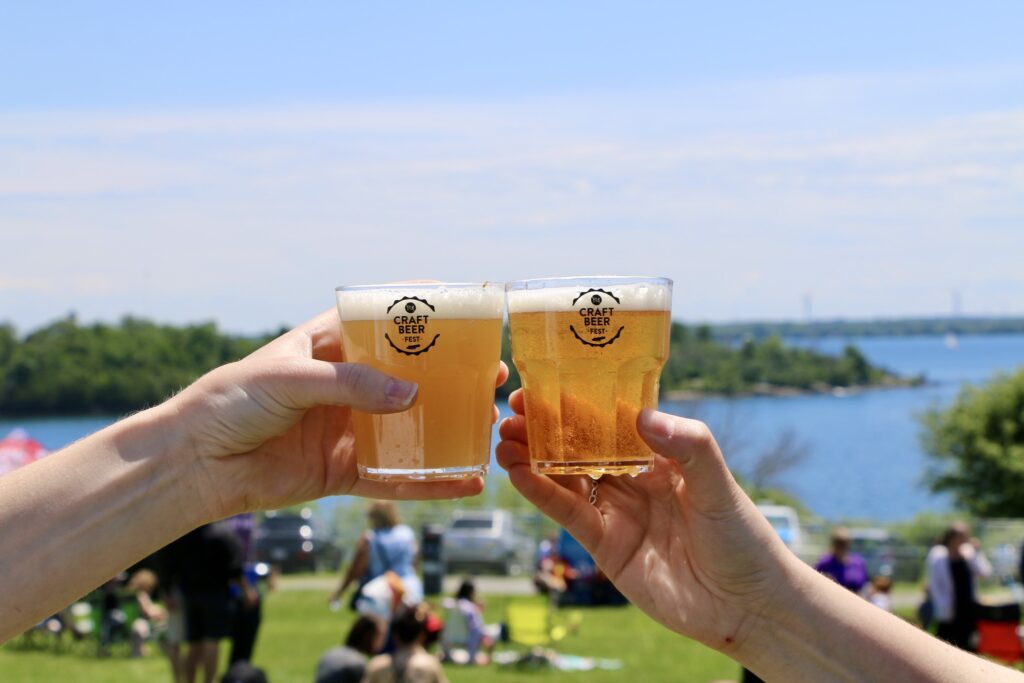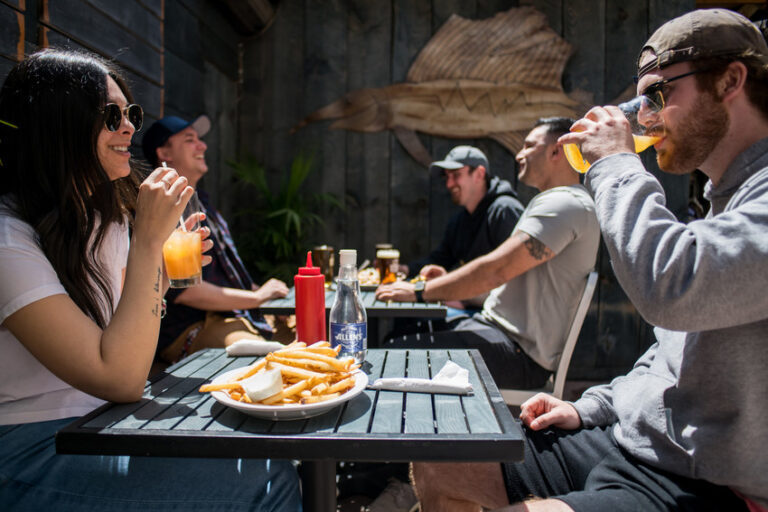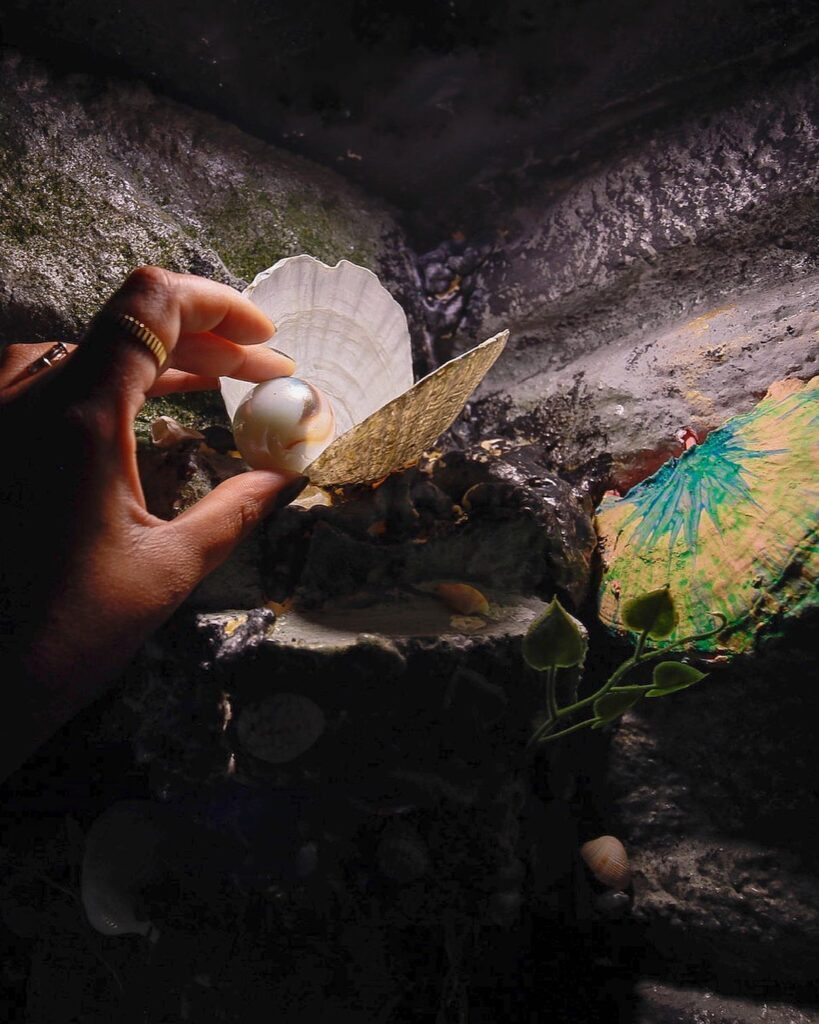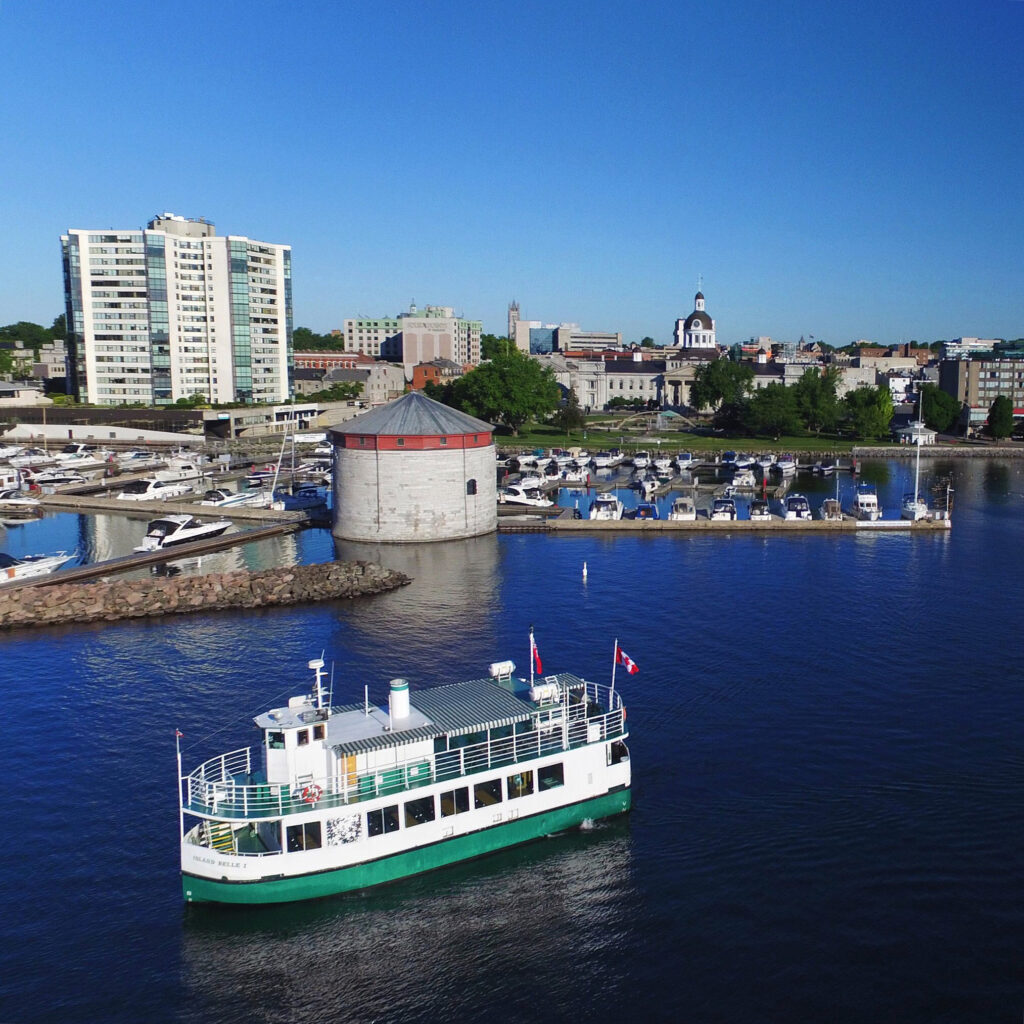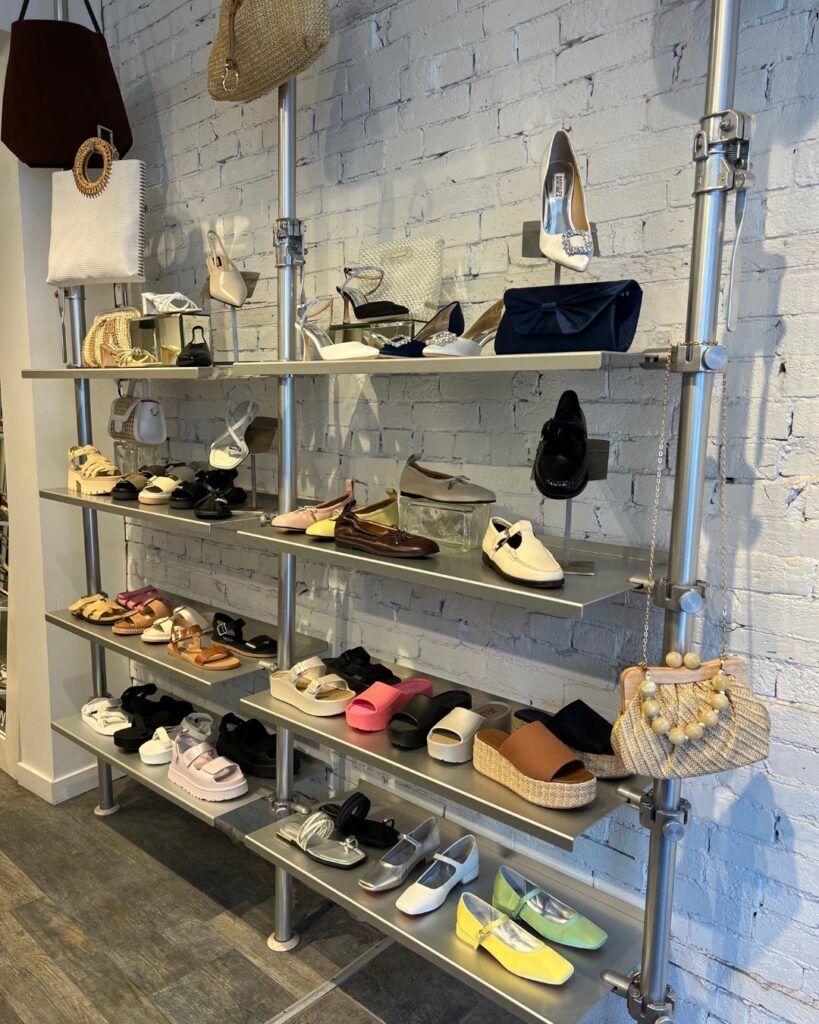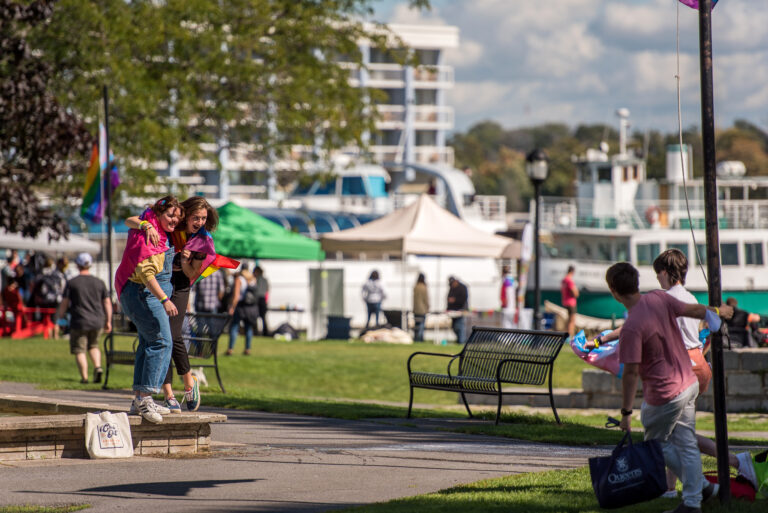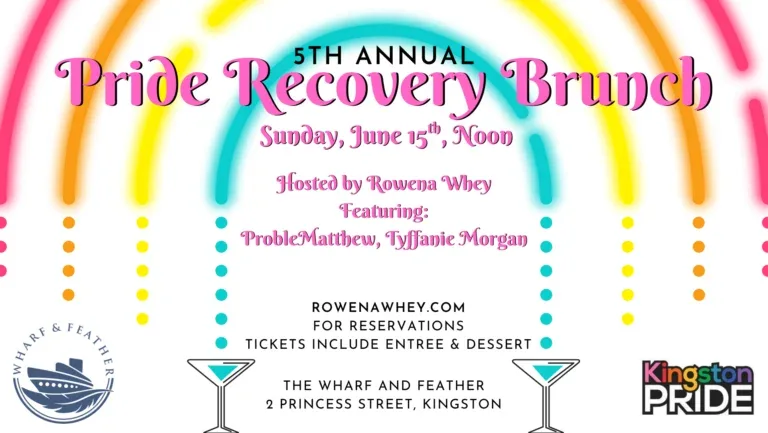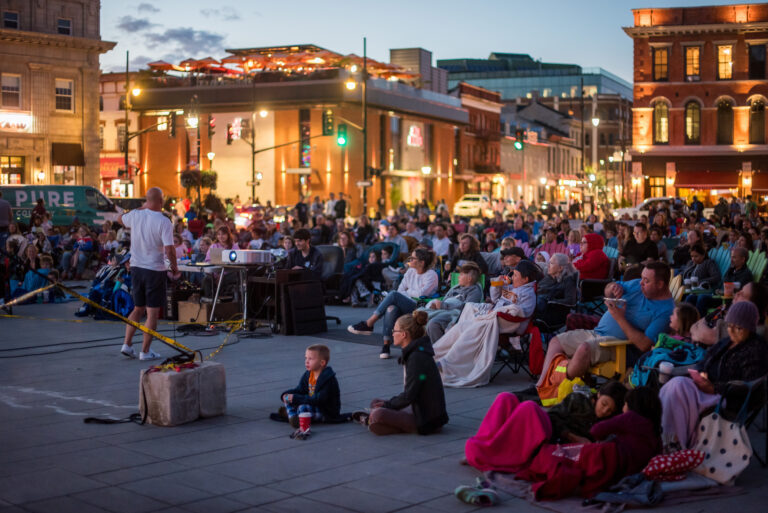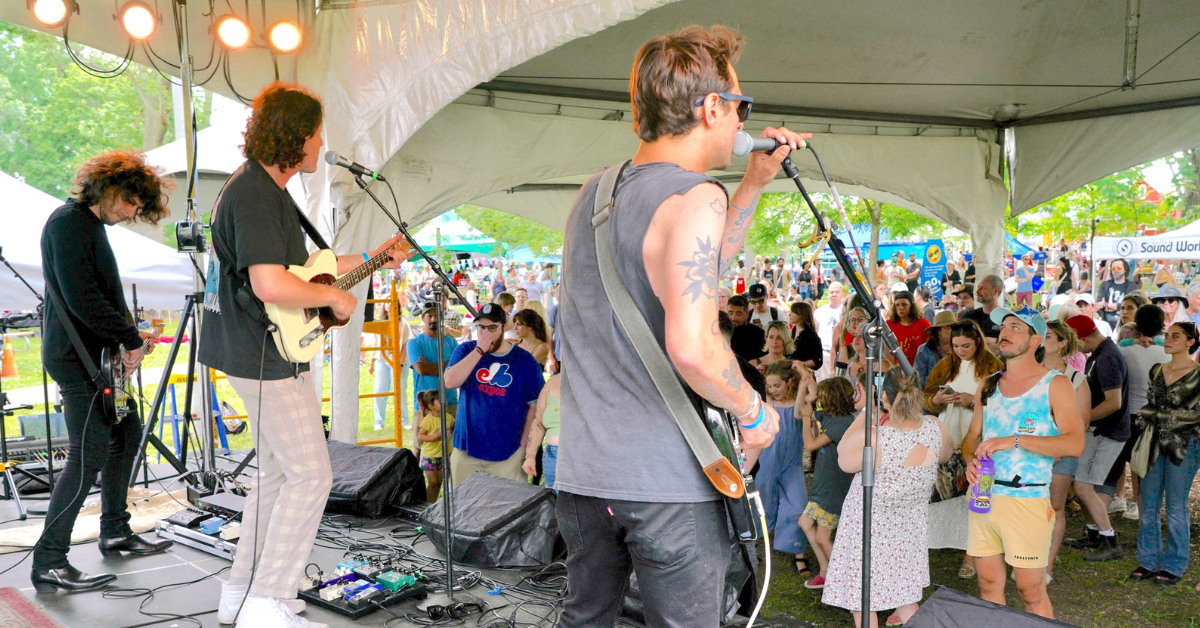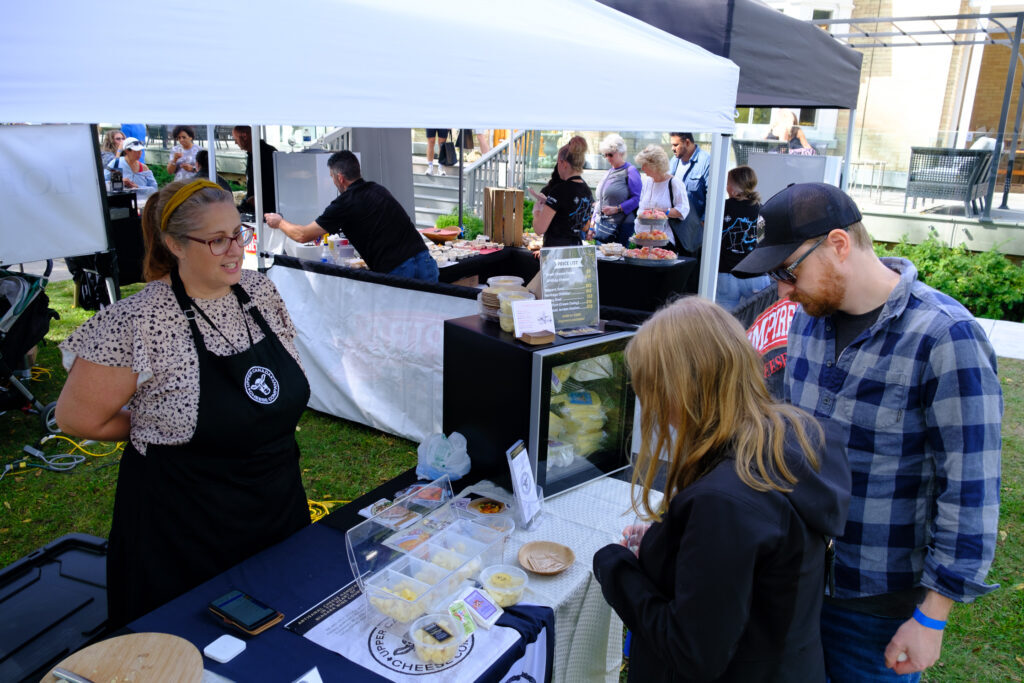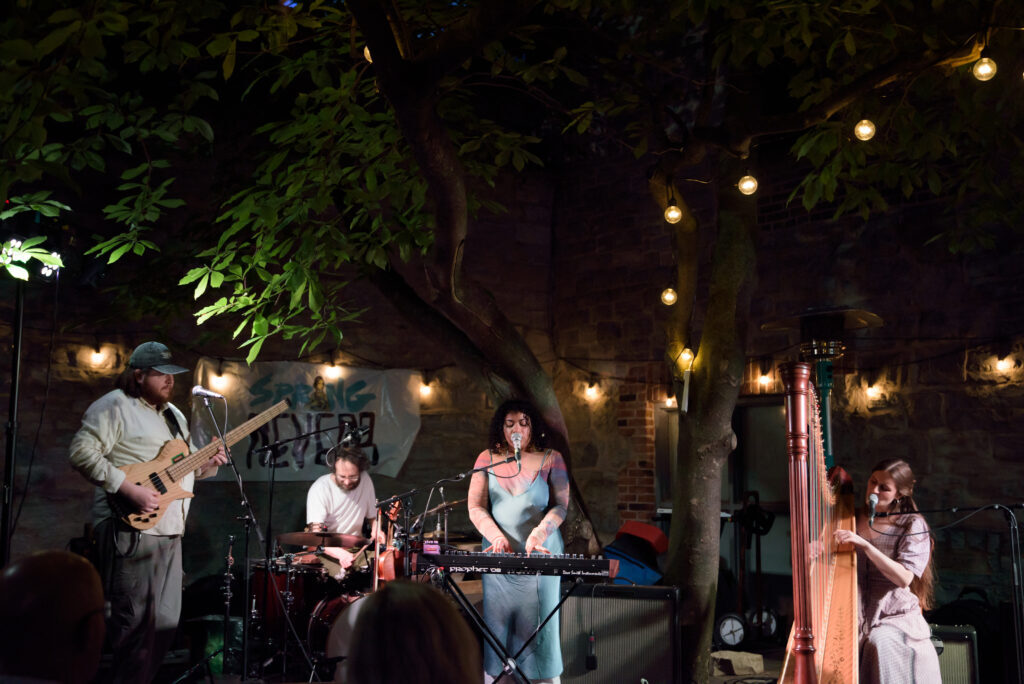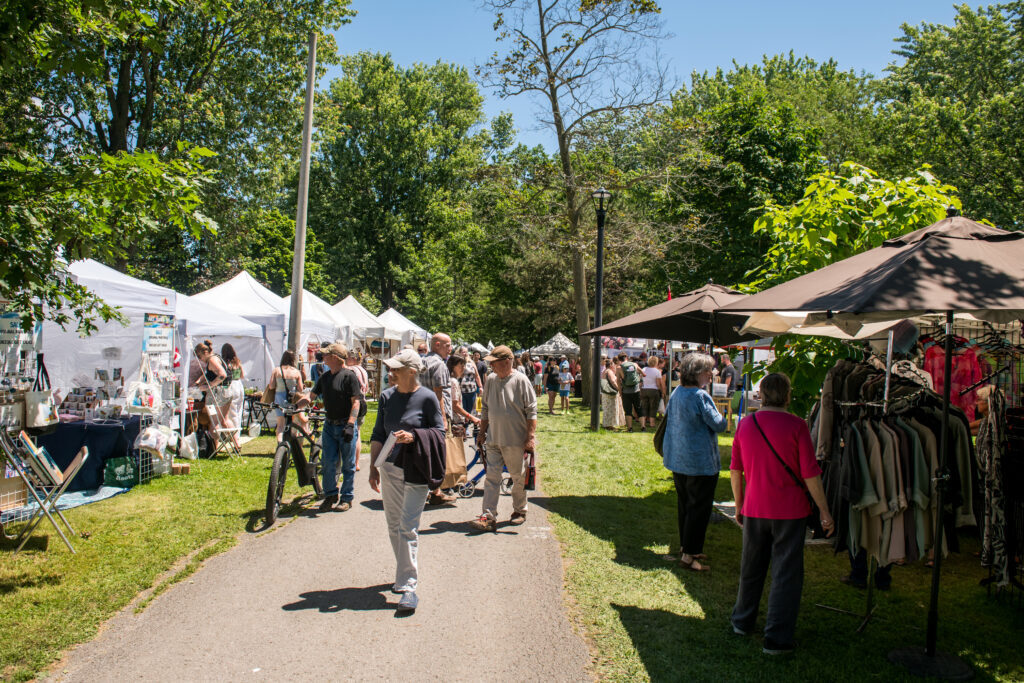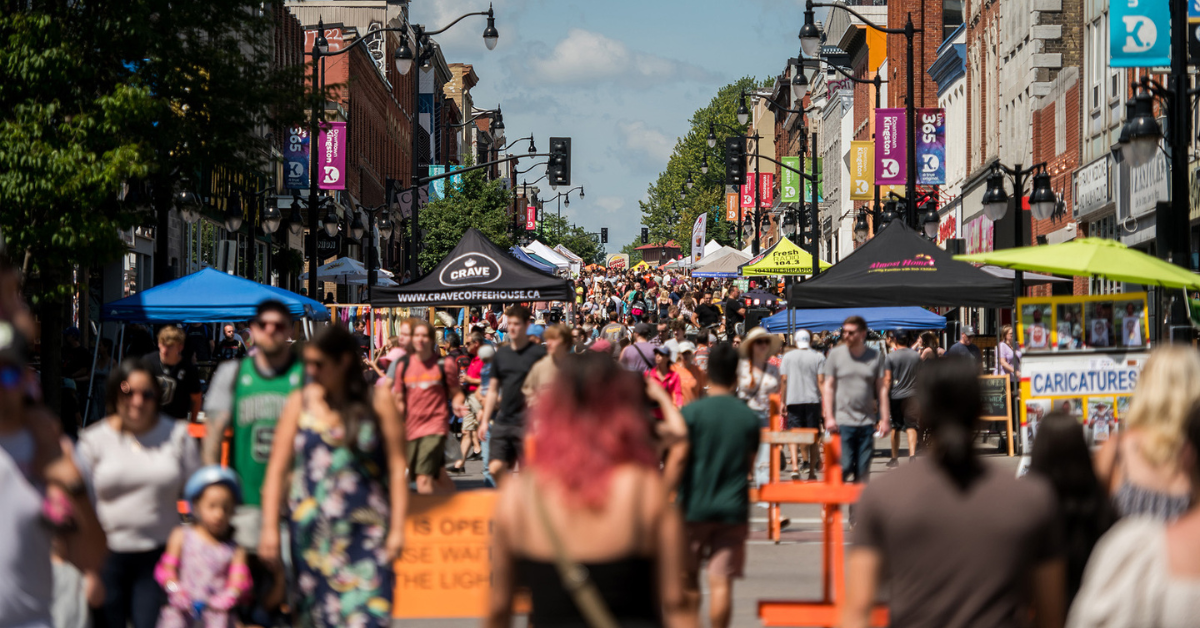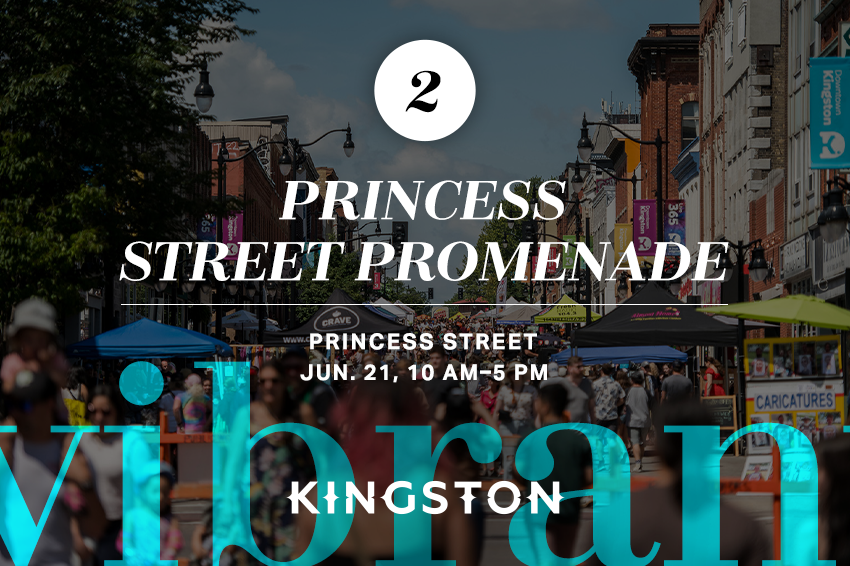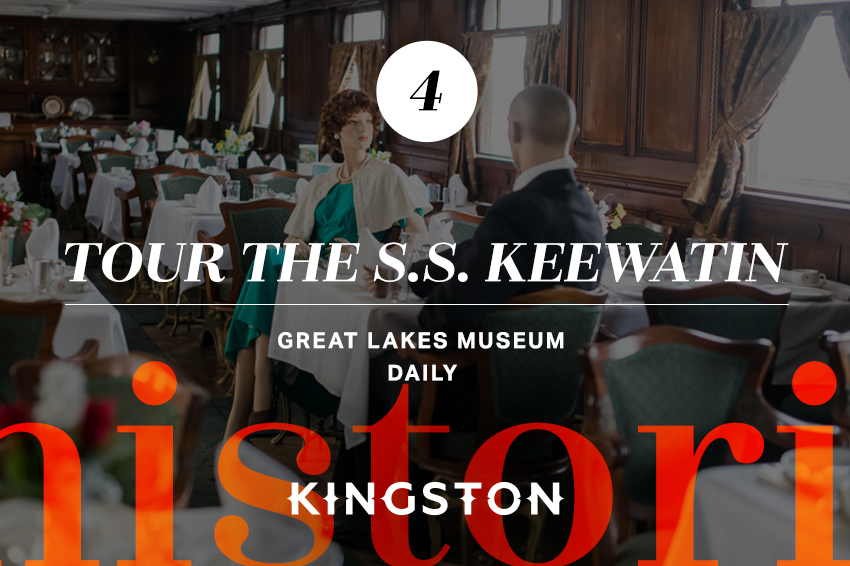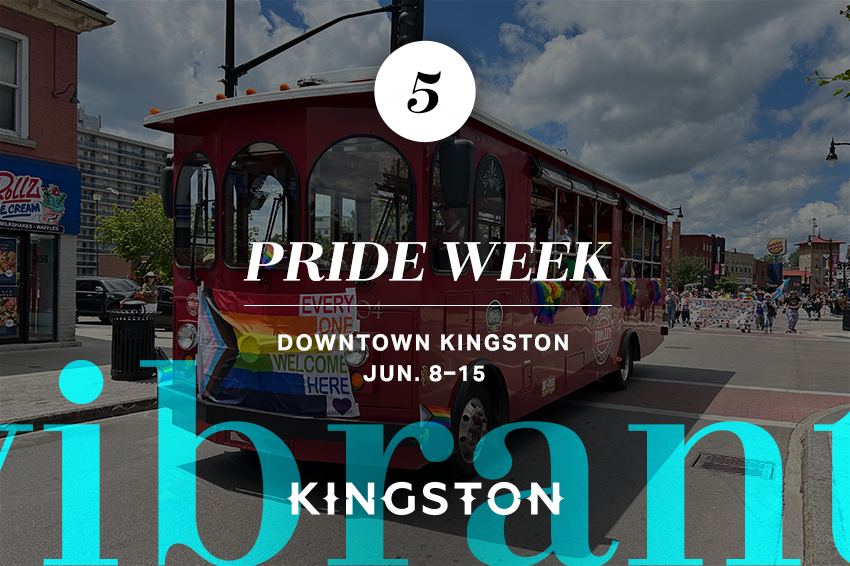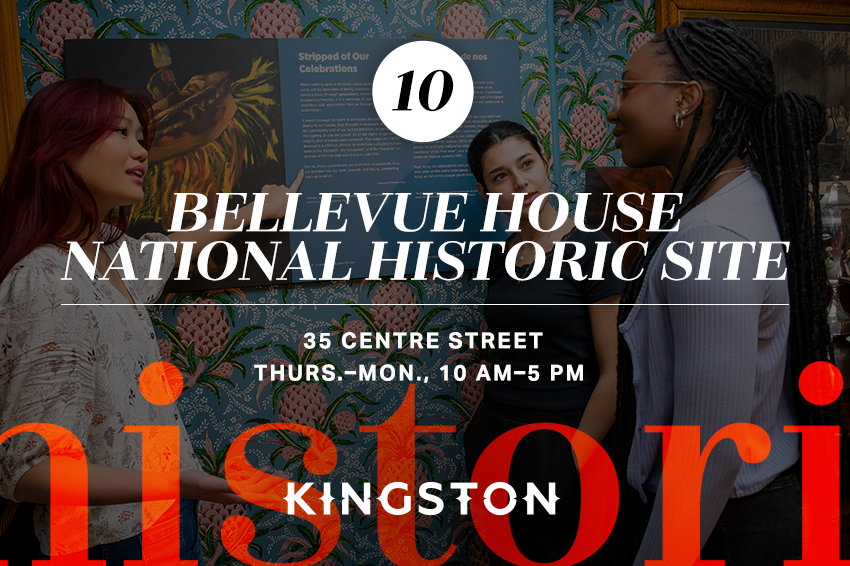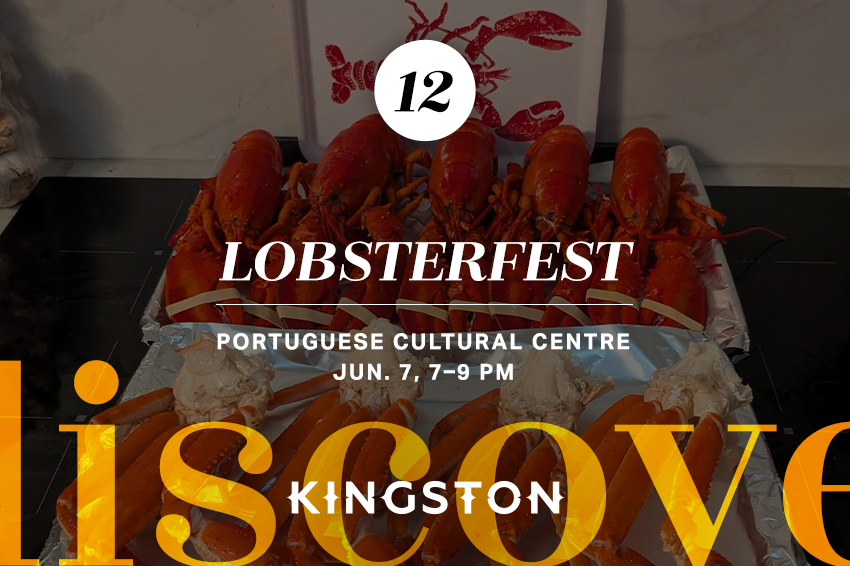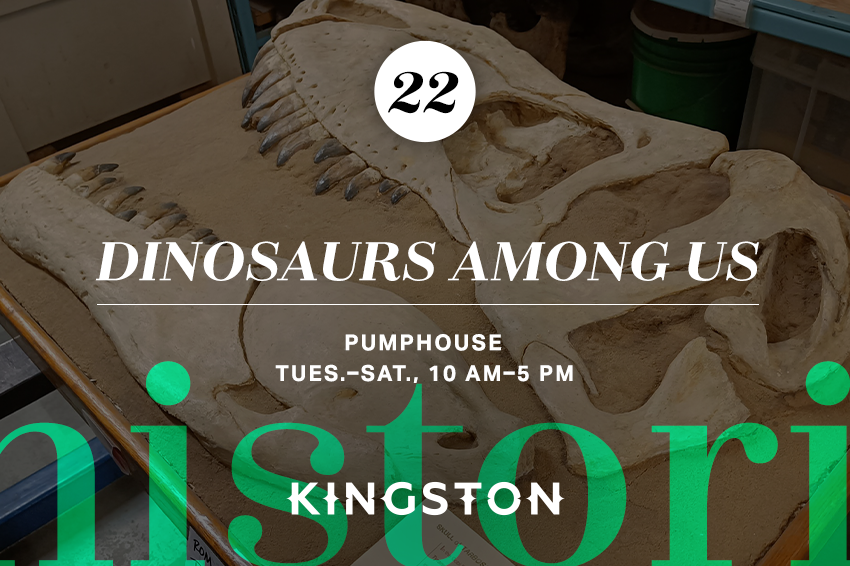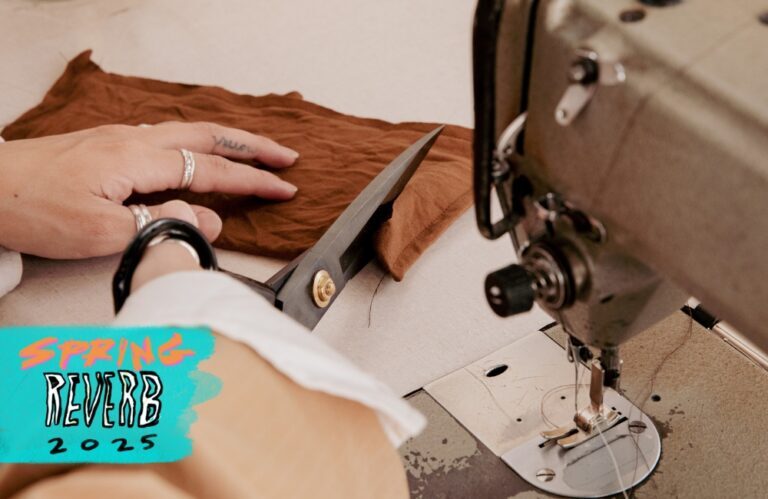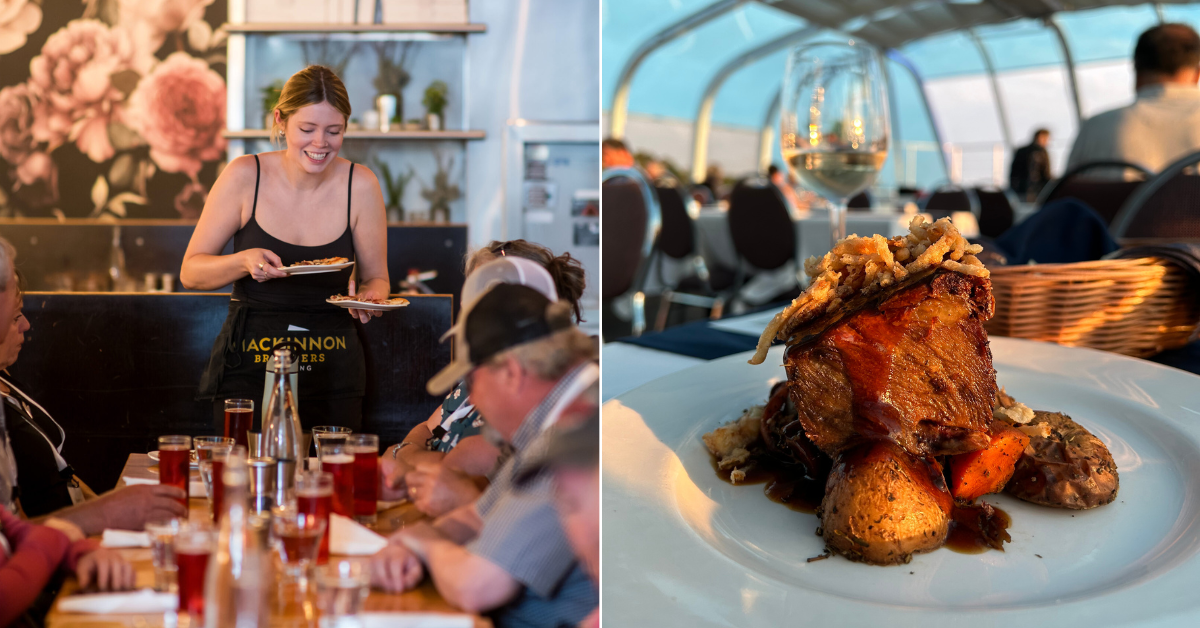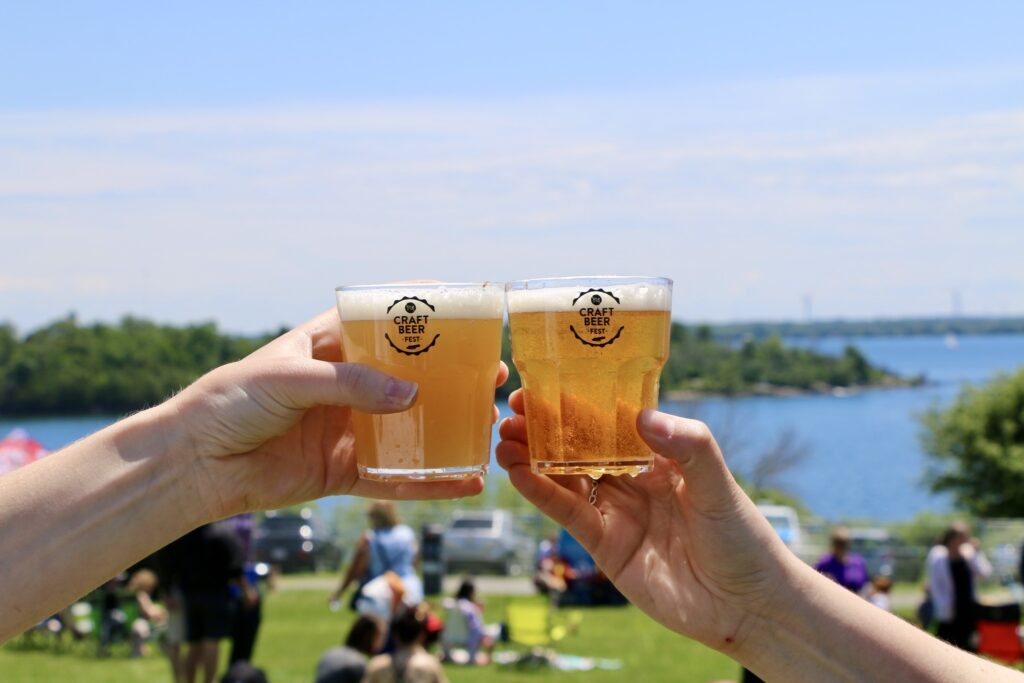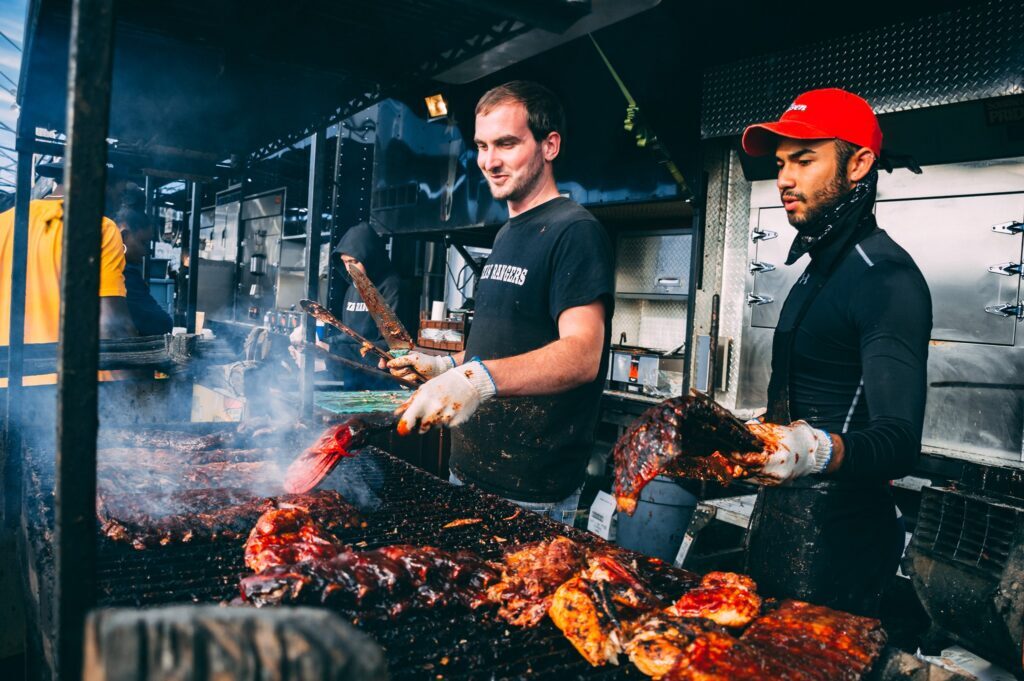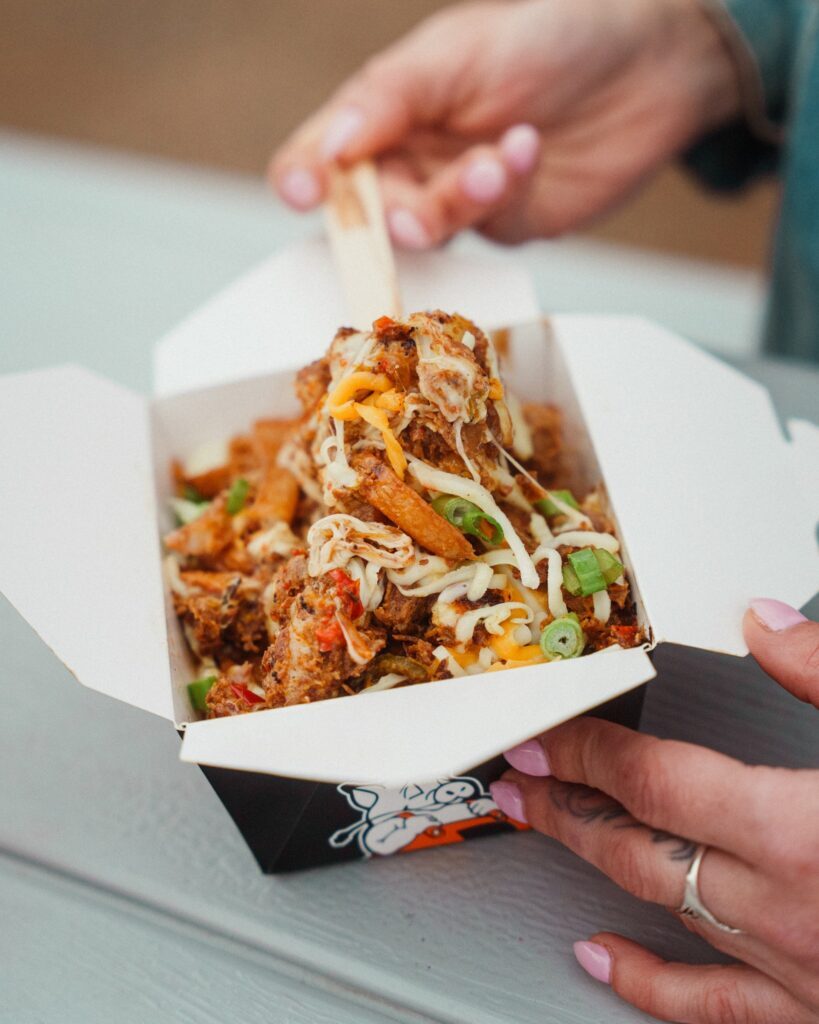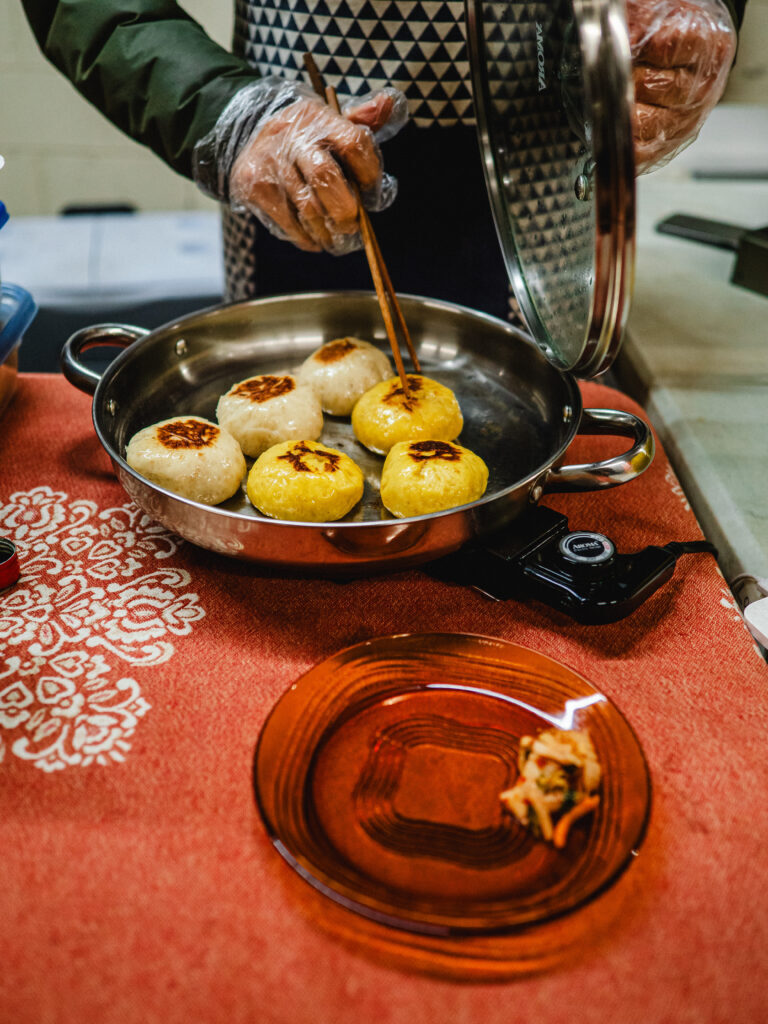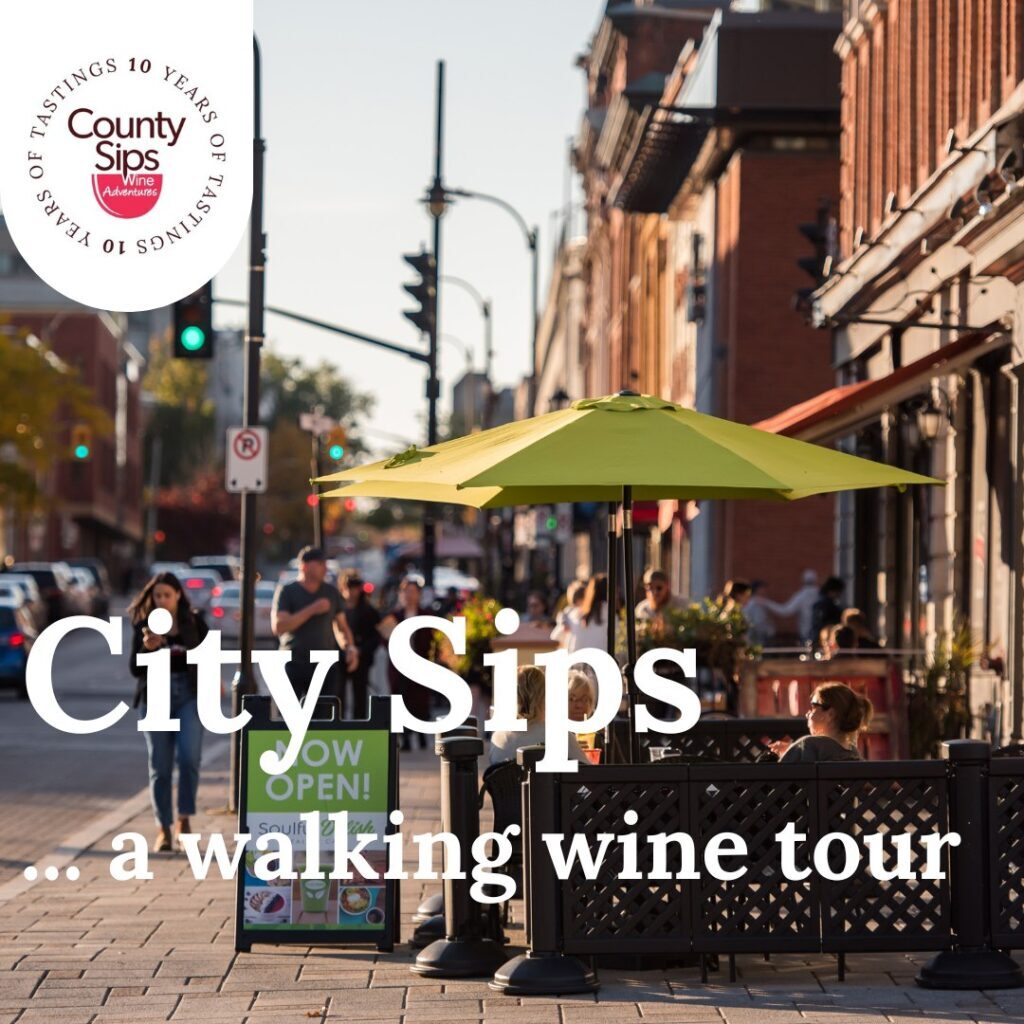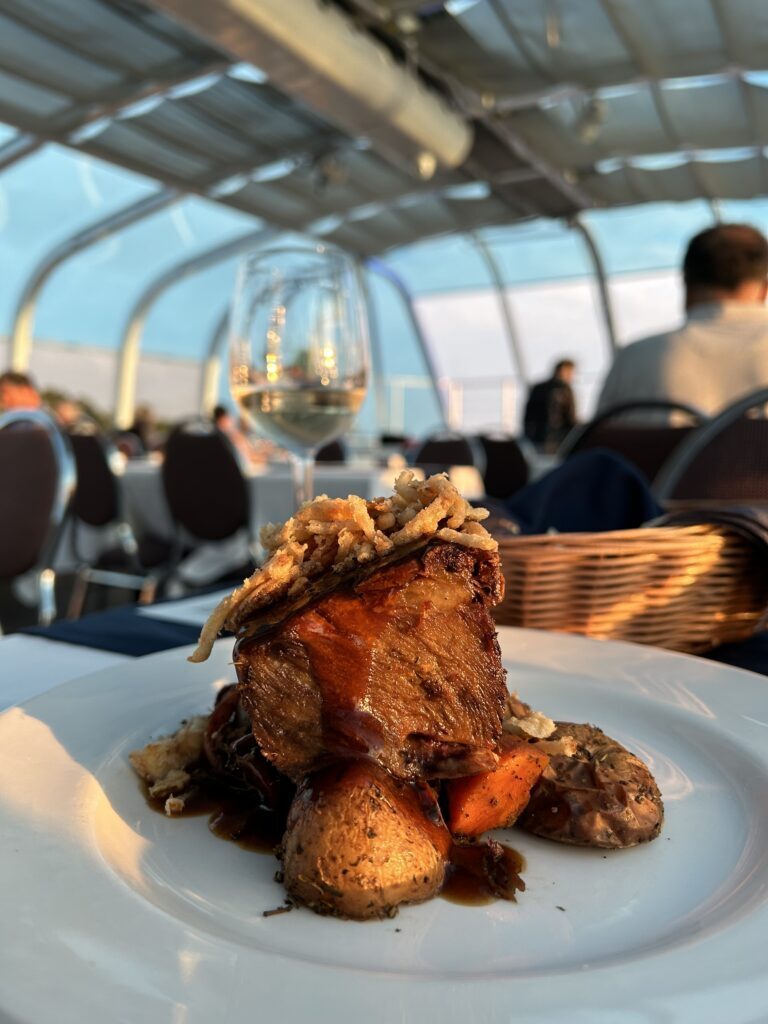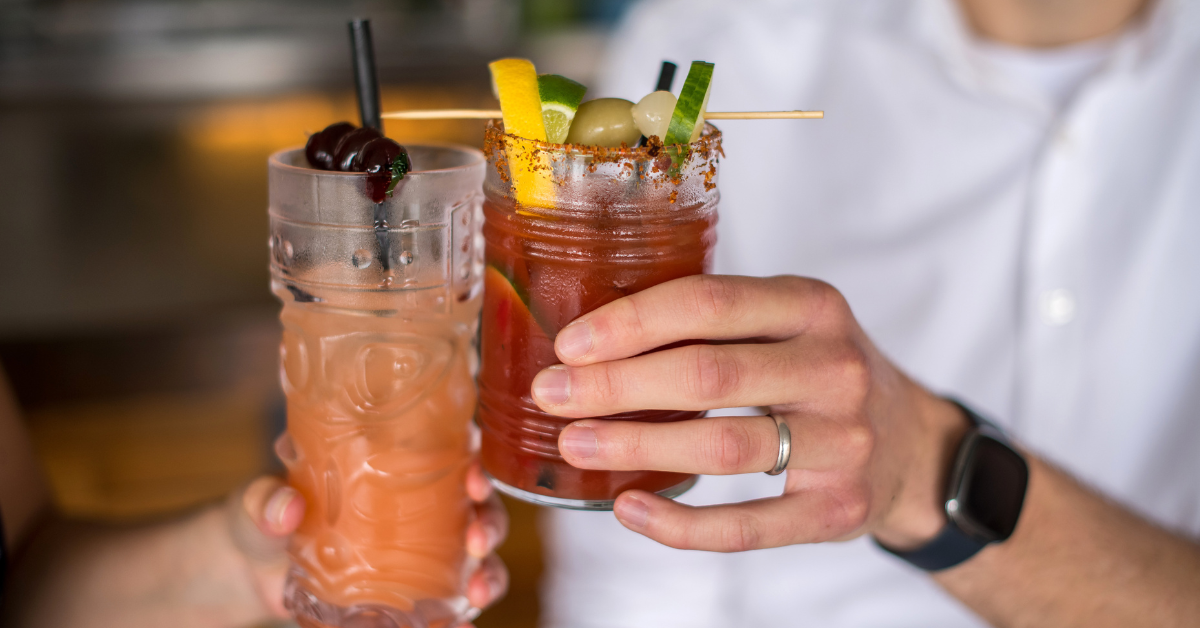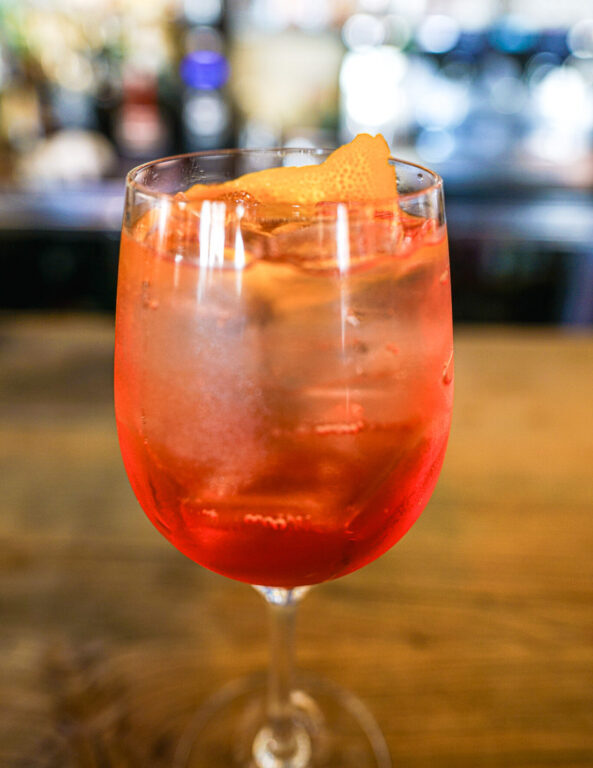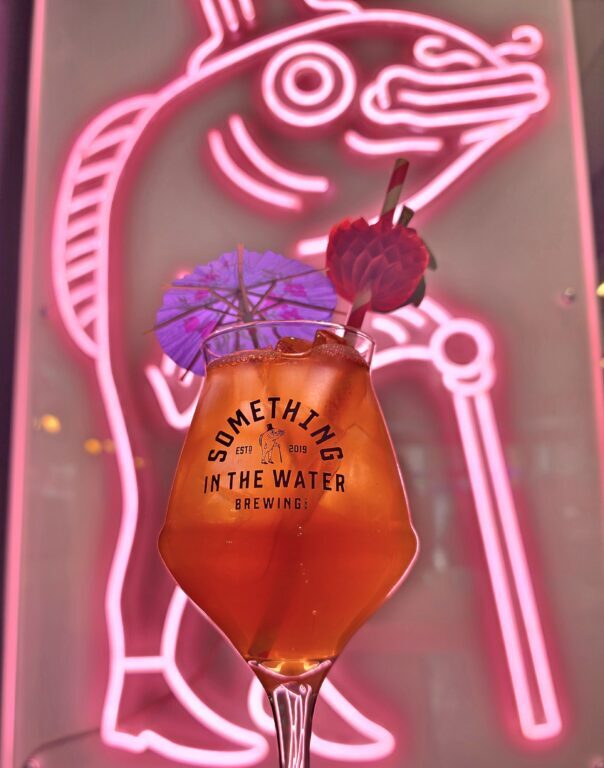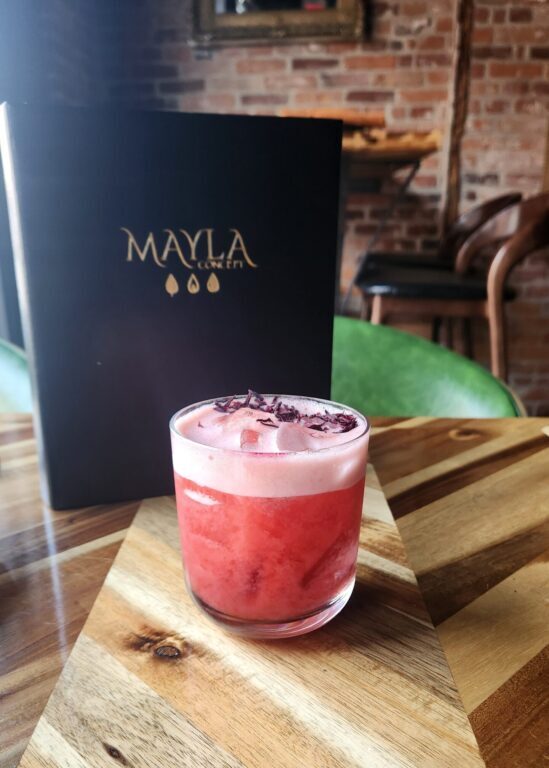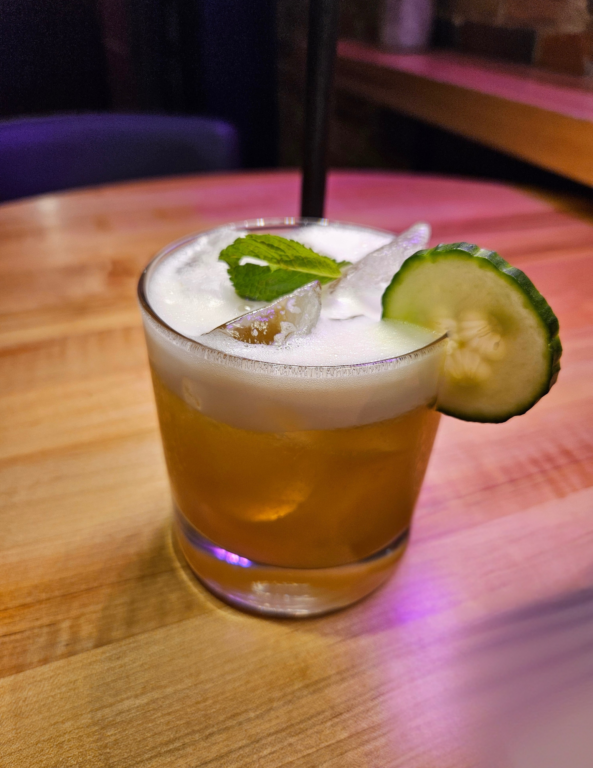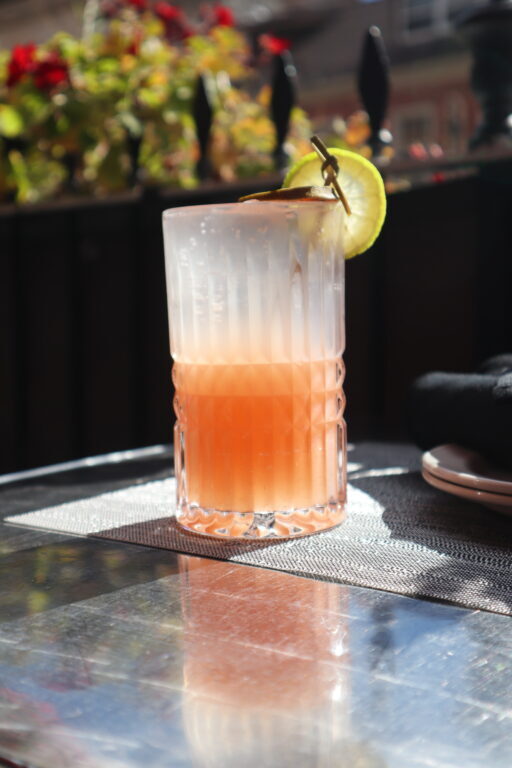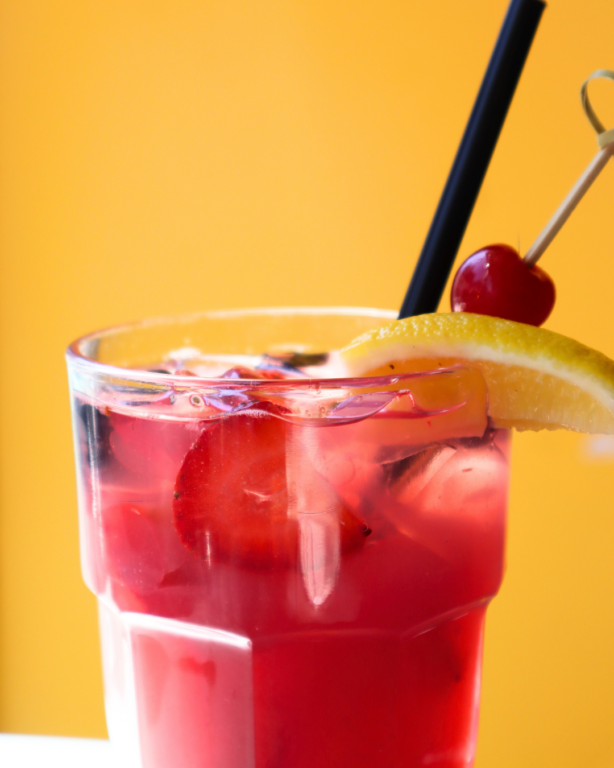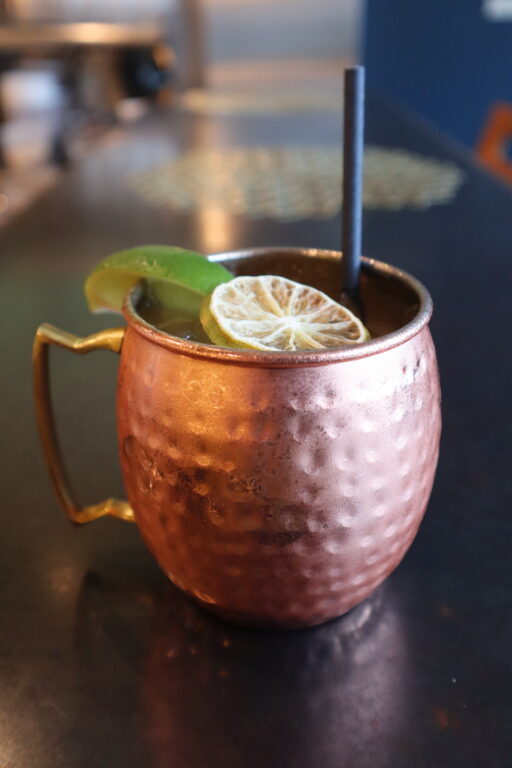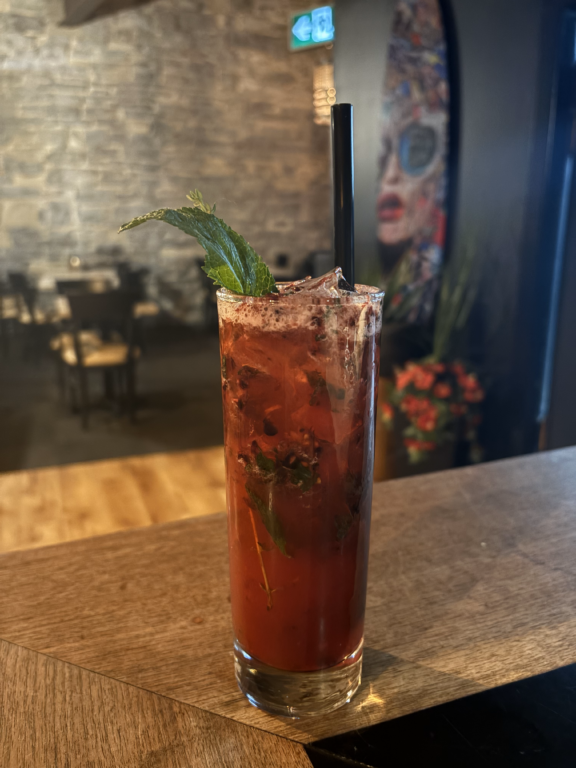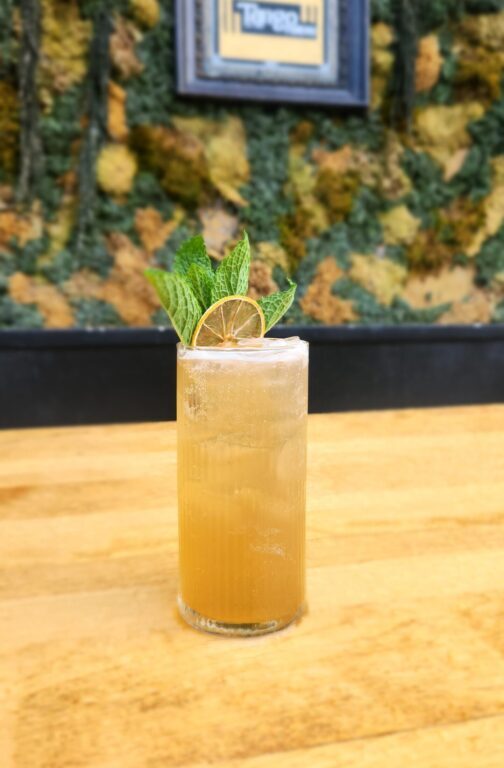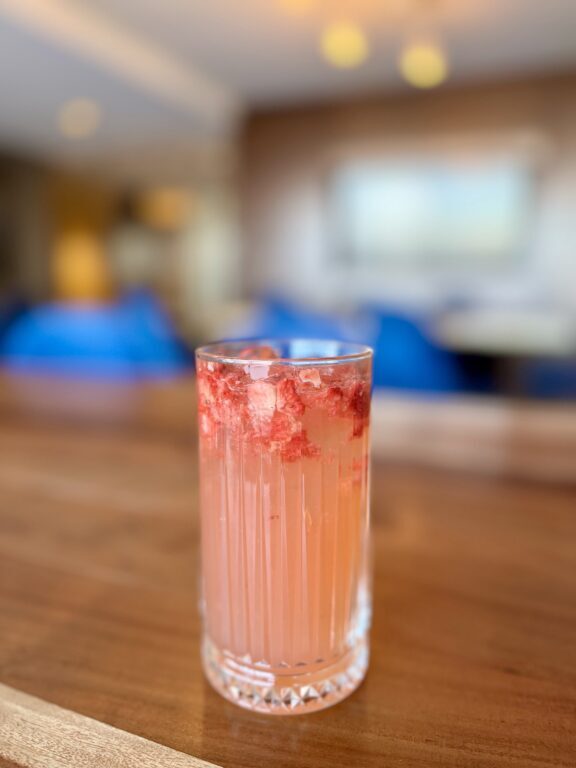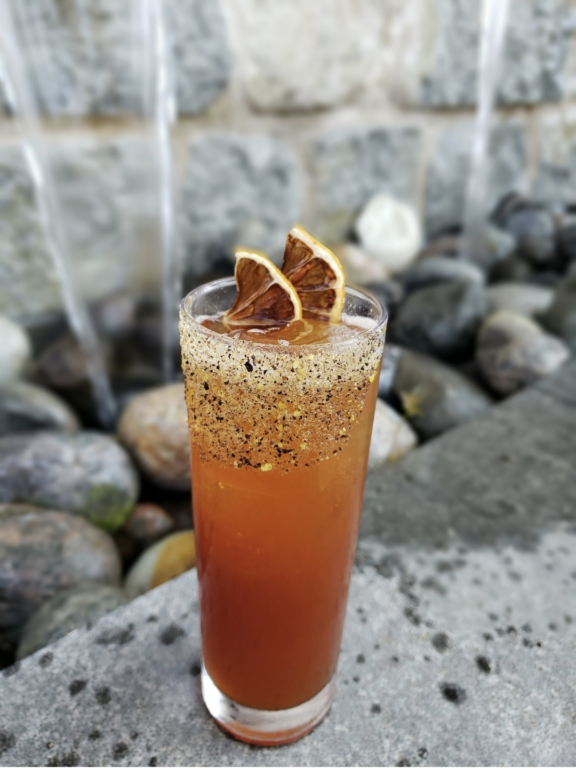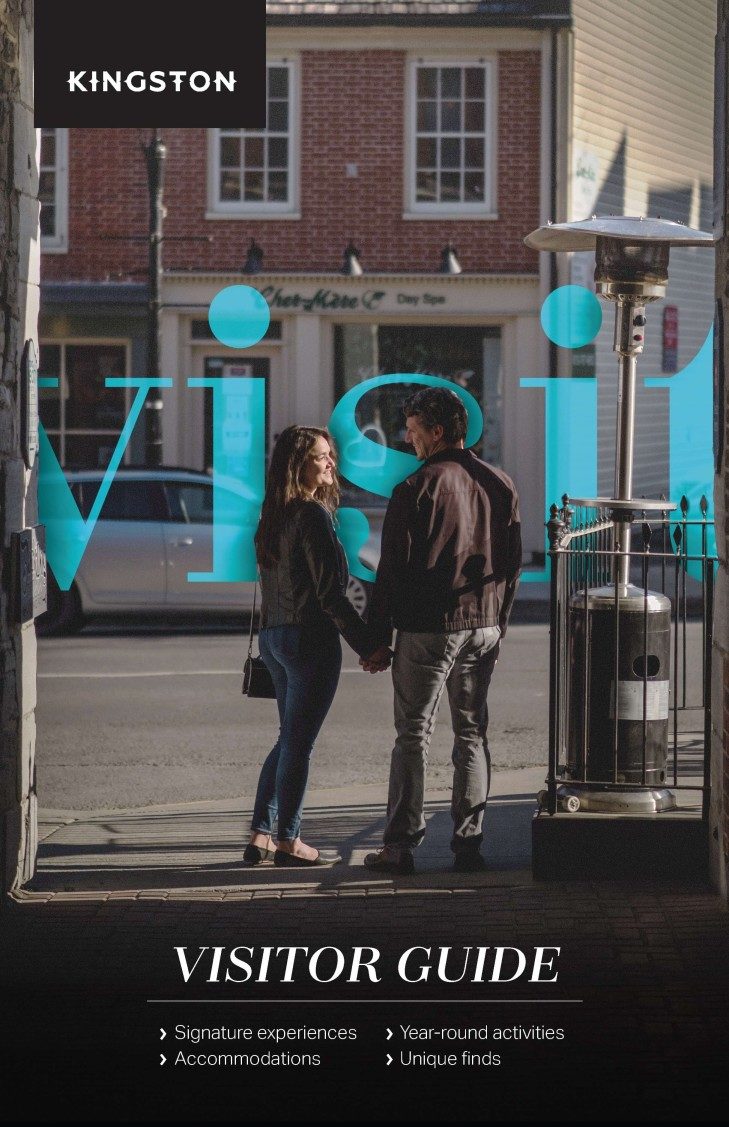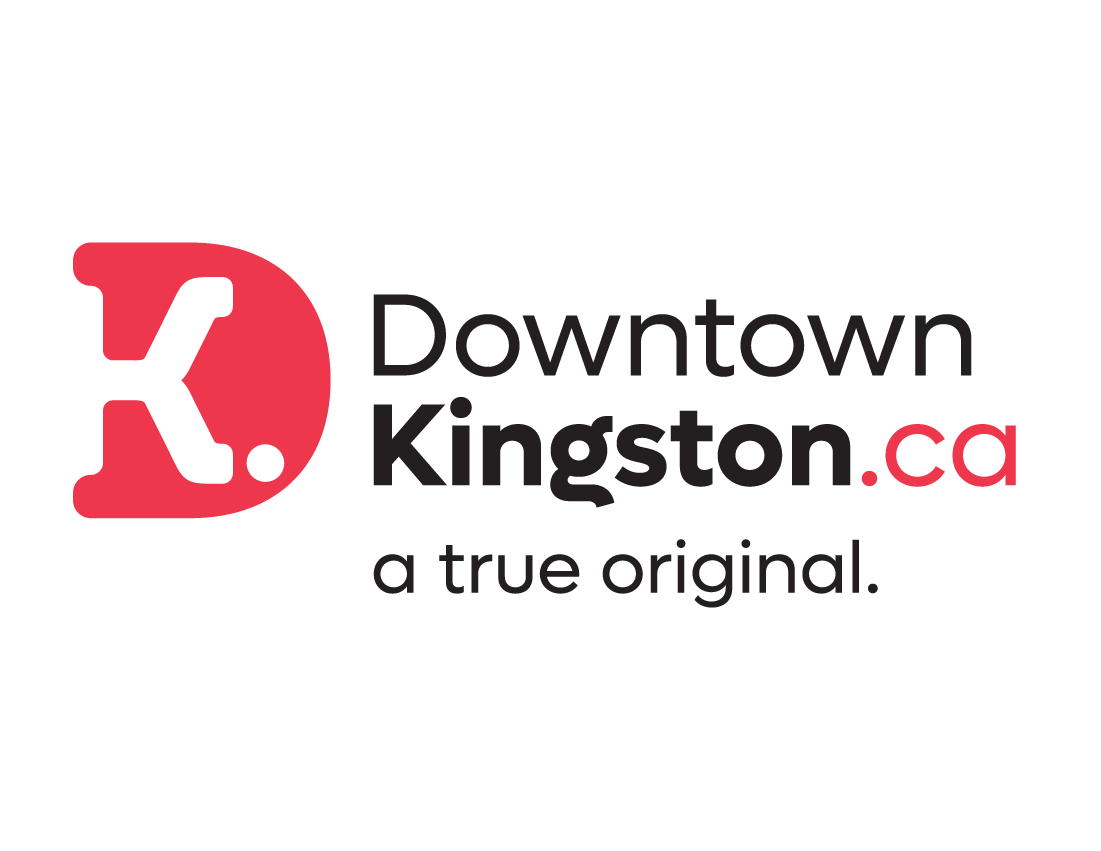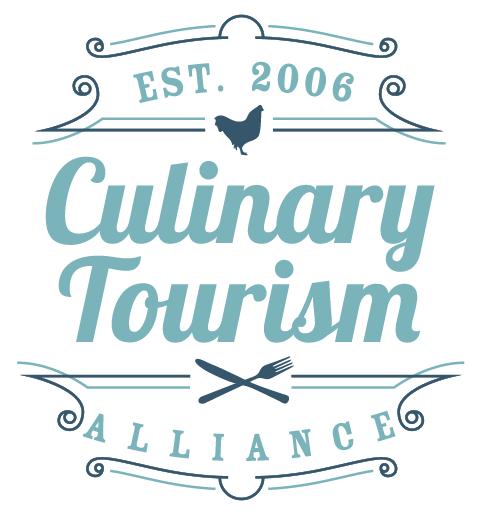The locations of Kingston’s restaurants are proof of the city’s rich history. You can dine at a local establishment tucked inside a 19th-century limestone horse stable or eat dinner at a chain restaurant in Kingston’s former fire hall.
All these buildings are located on the traditional homelands of the Anishinaabe, Haudenosaunee, and Huron-Wendat Nations. The traditional name for Kingston in the Kanyen’kéha (Mohawk) language is Katarokwi, meaning where there is clay or where there is limestone, which was used to construct many of the city’s buildings. Kingston in Anishinabemowin (Algonquian language family) is Cataracoui, which means “great meeting place,” and was translated by French settlers into Cataraqui.
Lone Star
251 Ontario Street
In 1880, this building was bustling with firemen carrying water hoses and contained steam-powered engines driven by horses, much different from its current state, where servers deliver massive margheritas and plates of tacos to customers.
Lone Star is located in Kingston’s Old Fire Hall, built in 1873. Kingston would have benefited from the downtown fire hall in 1840 when a massive inferno destroyed many of its landmarks, prompting city leaders to use limestone instead of wood to rebuild structures. Thereafter, Kingston became popularly known as the limestone city.
Despite the adoption of trusty limestone, fires still popped up around the city, like in 1876 when a blaze destroyed 50 buildings on Princess Street. Firefighters hopped into steam-powered horse carriages fixed with water pumps to the scene. The red-bricked building ceased to be Kingston’s fire hall in 1962 and, in 1981, was designated as a historic building under the Ontario Heritage Act, restricting its demolition and any unnecessary alterations to its historic features.
So next time you’re enjoying chips and salsa on Lone Star’s back patio, remember that you’re sitting in a building once teeming with local heroes who fought Kingston’s greatest fires.
Chez Piggy
68 Princess Street
The clomping of hooves once echoed against the walls of this limestone horse stable, which turned into a fine dining establishment called Chez Piggy. The horse stable was built in 1806.
Chez Piggy opened its doors to customers in 1979, and the owners retained the building’s exposed limestone walls while also installing a cozy wooden bar and grand staircase. In the summer, they open their patio, where you can enjoy dishes inspired by various cuisines under sparkling fairy lights, surrounded by Kingston’s rich history.
Your journey to Chez Piggy may involve walking through a 19th-century carriageway, which you can learn about by reading Explore Kingston’s historic carriageways this fall.
Milestones
27 Princess Street
While the Smith and Robinson Building (S&R) is no longer buzzing with Kingston merchants, its current tenant—Milestones—has retained the structure’s historic facade built in 1841. The S&R building is emblematic of the 19th-century shift in Kingston’s architecture, constructed in limestone rather than wood after the great fire in 1840.
The building housed the piano manufacturer Weber and Wormwith from 1864 to 1940 and the Kingston Vehicle Company from 1894 to 1900.
Kingston’s buildings transformed when the Second World War erupted as Fort Henry turned into a prisoner of war camp, and Queen’s University’s lecture halls housed and fed men from the Royal Canadian Air Force. The S&R building was no exception, repurposed as a barracks and military storage facility in the 1940s.
The building earned its name following the war when Percy Robinson and Maurice Smith purchased the property and opened the S&R Department Store. The department store closed in 2009, and the Canadian restaurant chain Milestones opened in 2011, cementing itself as part of the S&R’s building’s’ dynamic history.
Heist Restaurant and Wine Club
168 Wellington Street
Heist’s name, interior design, and menu play into the establishment’s former function as a Scotia Bank. The restaurant’s theme allows diners to imagine themselves, not as tellers or paying customers, but as mob bosses about to conduct a high-stakes bank heist.
Each room in the restaurant is uniquely designed to mimic different areas of a bank or a lavish meeting room where one might gather to plan a bank robbery. Whether you’re sitting in front of Heist’s swanky bar or the dining room decorated with exposed brick walls and suede green chairs, you’ll order from the restaurant’s extensive wine list and clever menu with sections named “The Usual Suspects” and “The Steak Out.”
The Keg Steakhouse + Bar
300 King Street East
Within the walls of this establishment, which today serves steak dishes and its famous Billy Miner pie, there was once a huge printing press pumping out volumes of Kingston’s local newspapers. The Keg is in the former British Whig Building, constructed from 1894 to 1895.
The building was named after Kingston’s 19th-century newspaper, the British Whig. The local newspaper utilized its printing press every morning, starting in 1849, when it began publishing daily. In 1903, after years of disseminating stories about criminals serving time in the Kingston Penitentiary and reporting on the deaths of local community members, The Whig merged with the Kingston Standard. Kingston’s existing newspaper, the Kingston Whig-Standard, was born.
While the building is no longer home to Linotype machines and coffee-fueled journalists working into the wee hours of the morning, the Kingston Whig-Standard remains Canada’s oldest, continuously published newspaper (now housed in another historic building just outside of the downtown core, the Woolen Mill).
Bar Mayla / Le Jardin
343 King Street East
The first prime minister of Canada, Sir John A. Macdonald, once worked in this downtown building, now home to the tapas lounge Bar Mayla and the restaurant Le Jardin.
The building, featuring a two-toned stone interior and exterior, rustic accents, and a patio bursting with greenery during the summer, was Macdonald’s law office from 1849 to 1860. He pursued his political career while practising law at 343 King Street East, representing Kingston in the House of Assembly of Upper Canada starting in 1844.
Today, Bar Mayla and Le Jardin serve dishes that celebrate international flavours and cultures, like Turkish bruschetta and street corn nachos.
Juniper Cafe
370 King Street West
The Juniper Cafe is tucked away in the Tett Centre for Creativity and Learning, a designated heritage site that was once home to Morton Brewery and Distillery. The beer producer churned out 100 barrels of ale weekly for the many taverns across the city.
The looming structure began operating in 1831 as North America’s largest brewery and distillery. A recession, however, sent Morton into bankruptcy just before he died in 1864.
The Maple Leaf Milling Company eventually took over the building in 1900, where they stored grain. It later served as the Sydenham Military Hospital during the Second World War. In 1975, the site became the J.K. Tett Creativity Complex. As well as the cafe, the Tett Centre is home to a variety of arts groups.
Juniper Cafe began serving community members and visitors in 2016. You can stop by today for panoramic views of Kingston’s waterfront, coffee, and hearty sandwiches made with local ingredients. They also have a location in Kingston’s west end (497 Cataraqui Woods Drive).
Olivea
39 Brock Street
This local restaurant, located across the street from Springer Market Square, is situated in a building whose style complements its cuisine.
The structure was built in the Italianate style—featuring arched windows and flat, intricate designs near the roof—by well-known Kingston architect William Coverdale in 1850. Architects after Coverdale continued to use white brick on the building’s facade to counterbalance the limestone structures surrounding it.
After containing coffee shops and offices throughout the early 19th century, in 1857, Anchor Insurance moved into the central location steps away from City Hall. The structure was then dubbed the Anchor Building, after both the insurance company and for the fact that it “anchors” the Market Square Heritage Conservation District.
After housing various businesses, Olivea’s owners acquired the building in 2008 and have since been serving their fresh pasta to customers inside the restaurant’s homey interior, emulating family-owned establishments in Florence or Milan.

